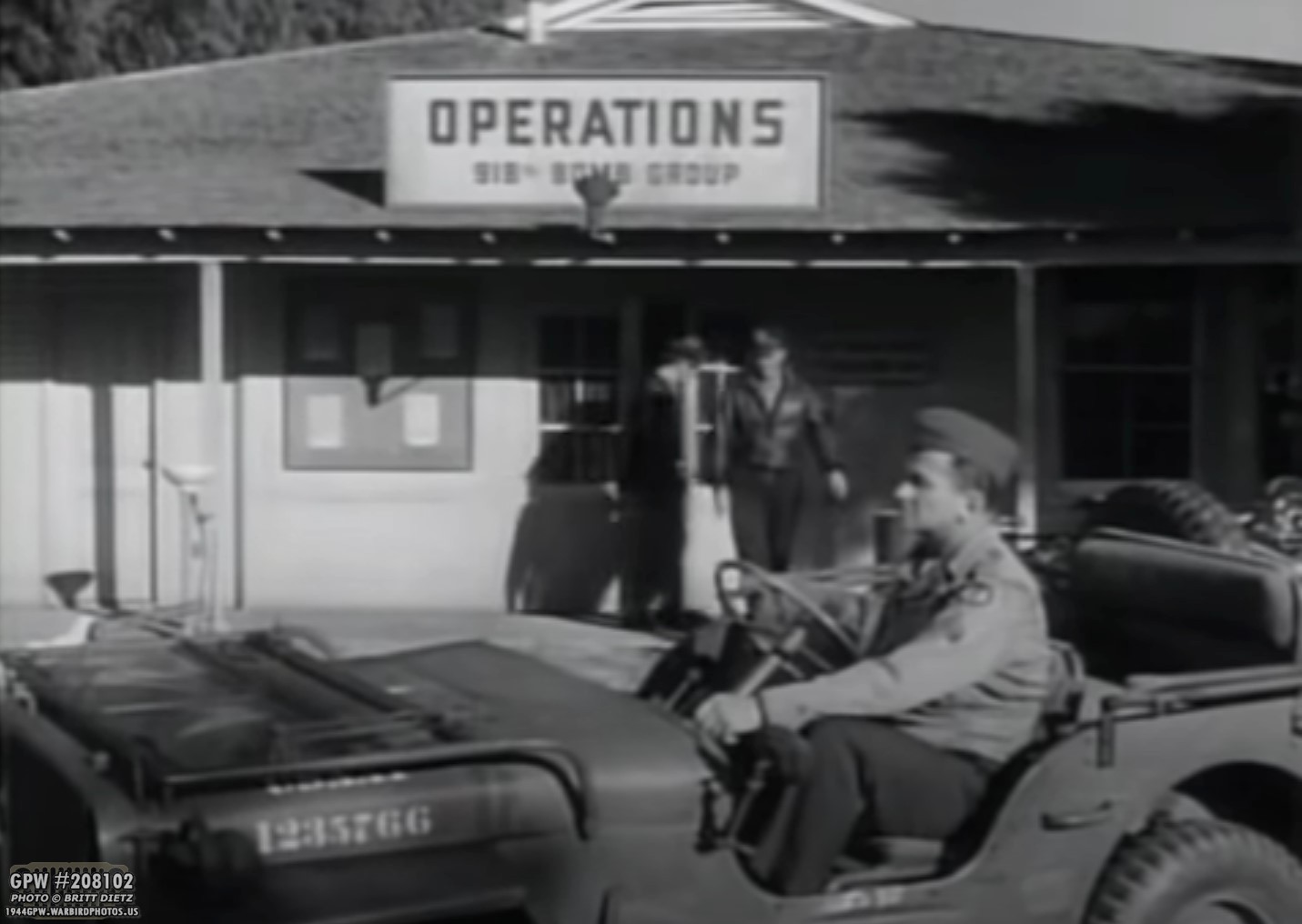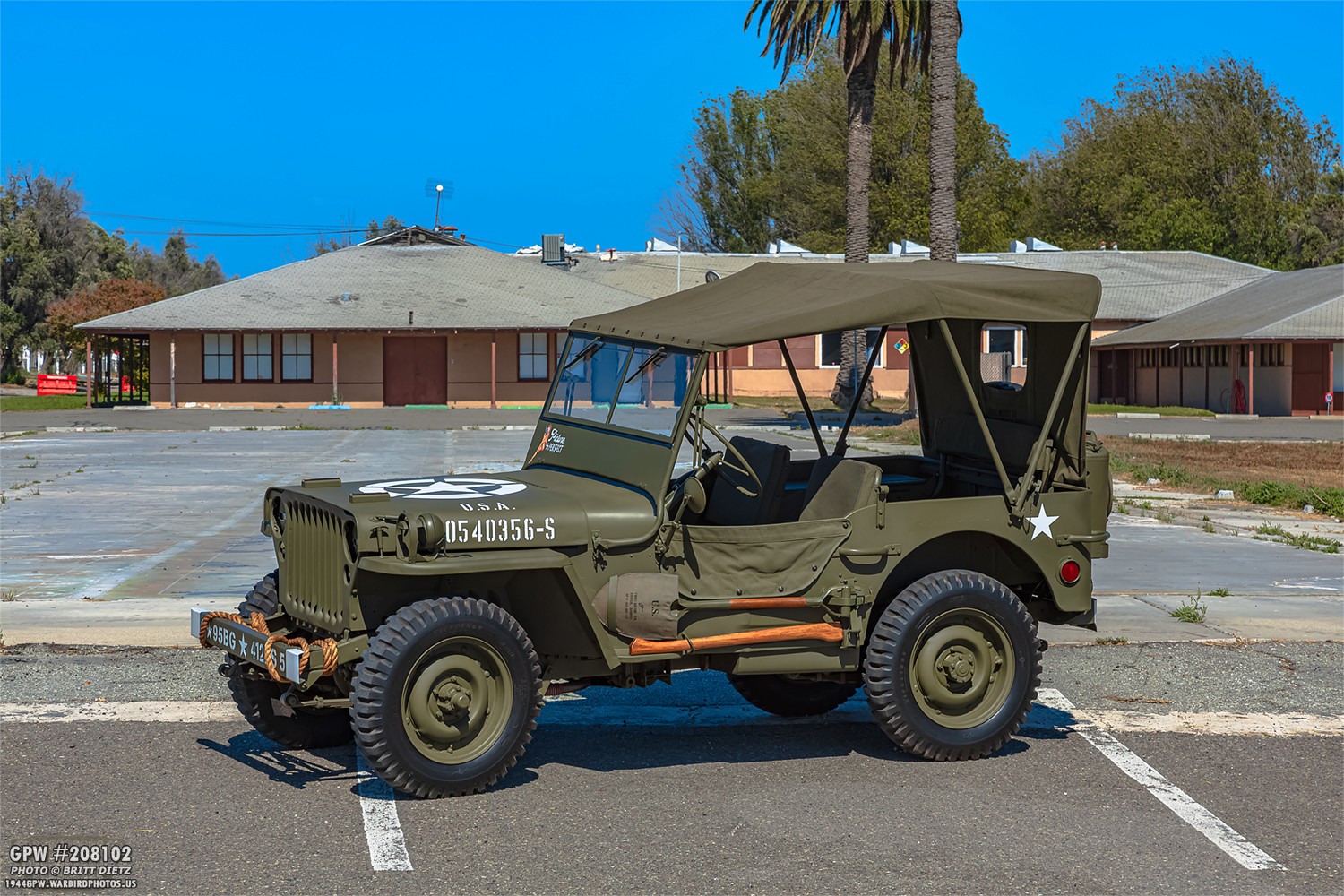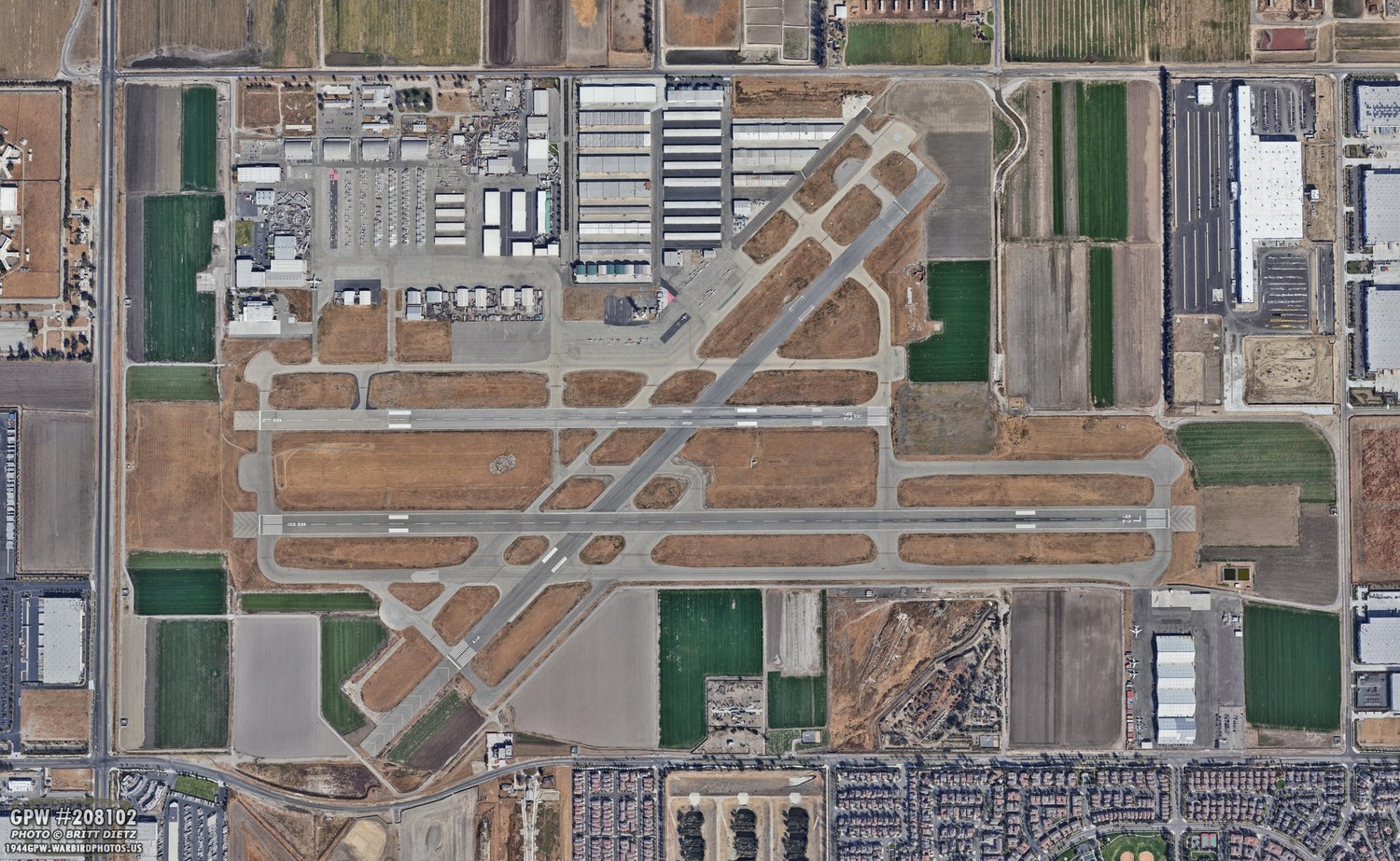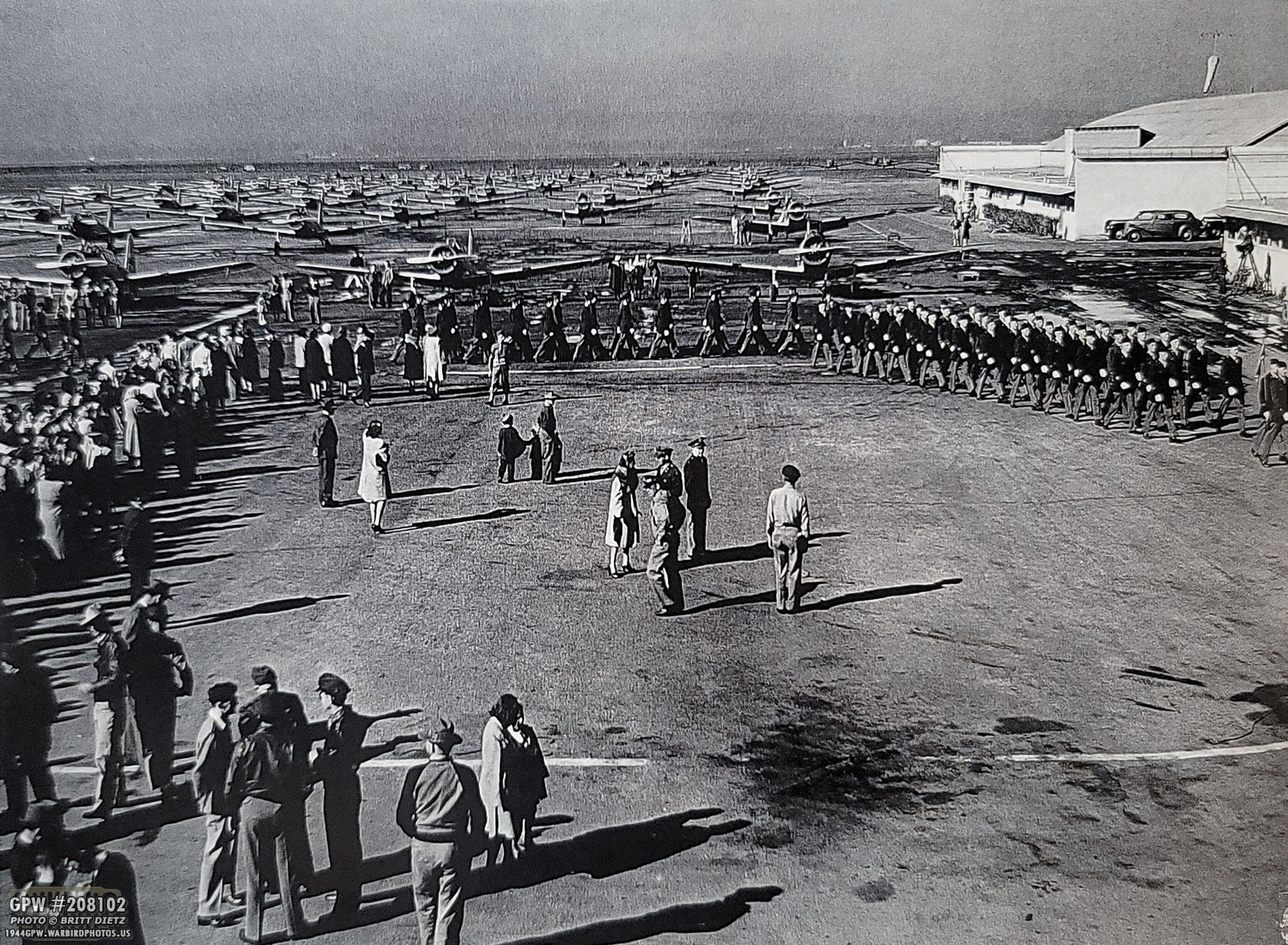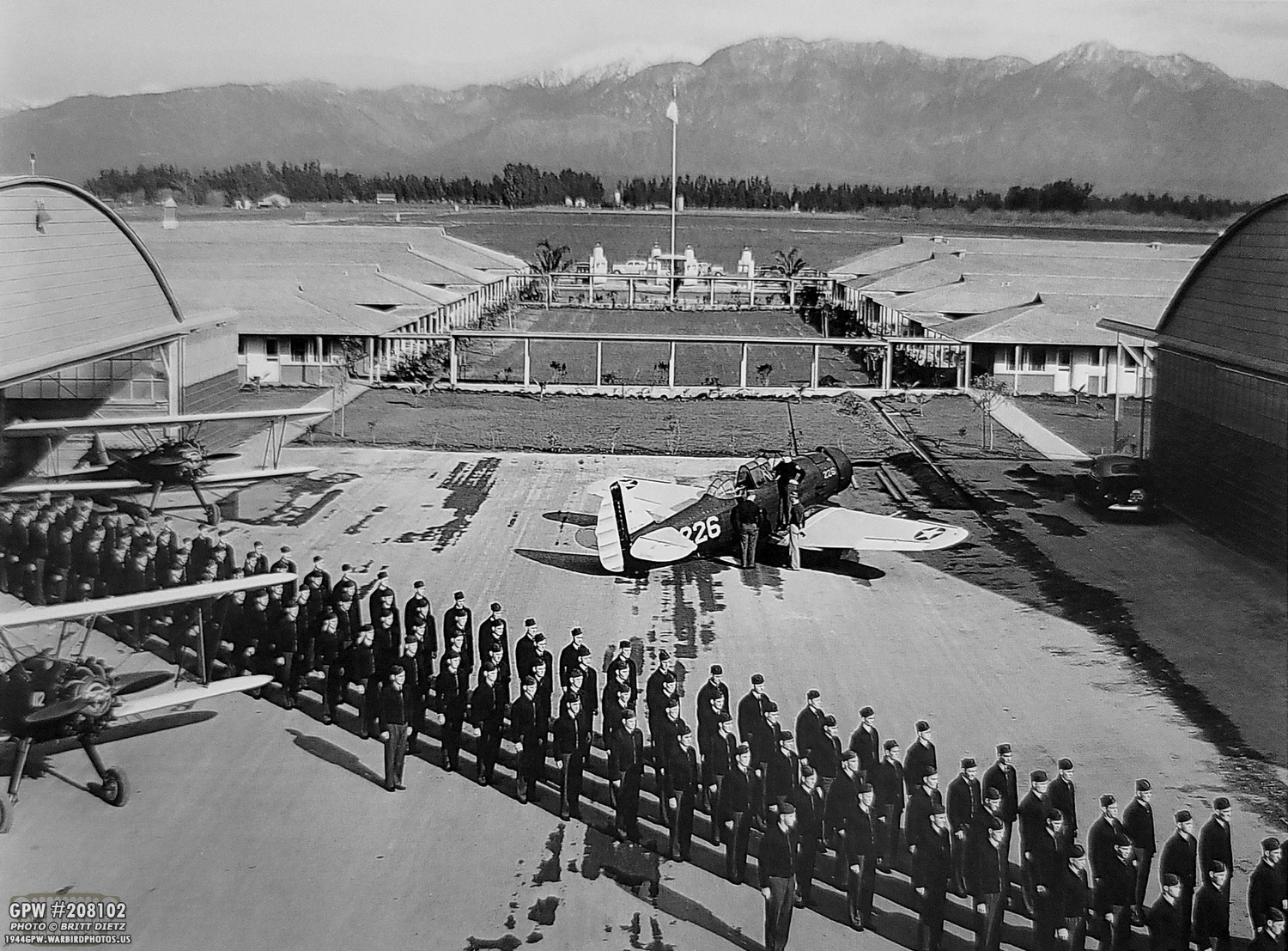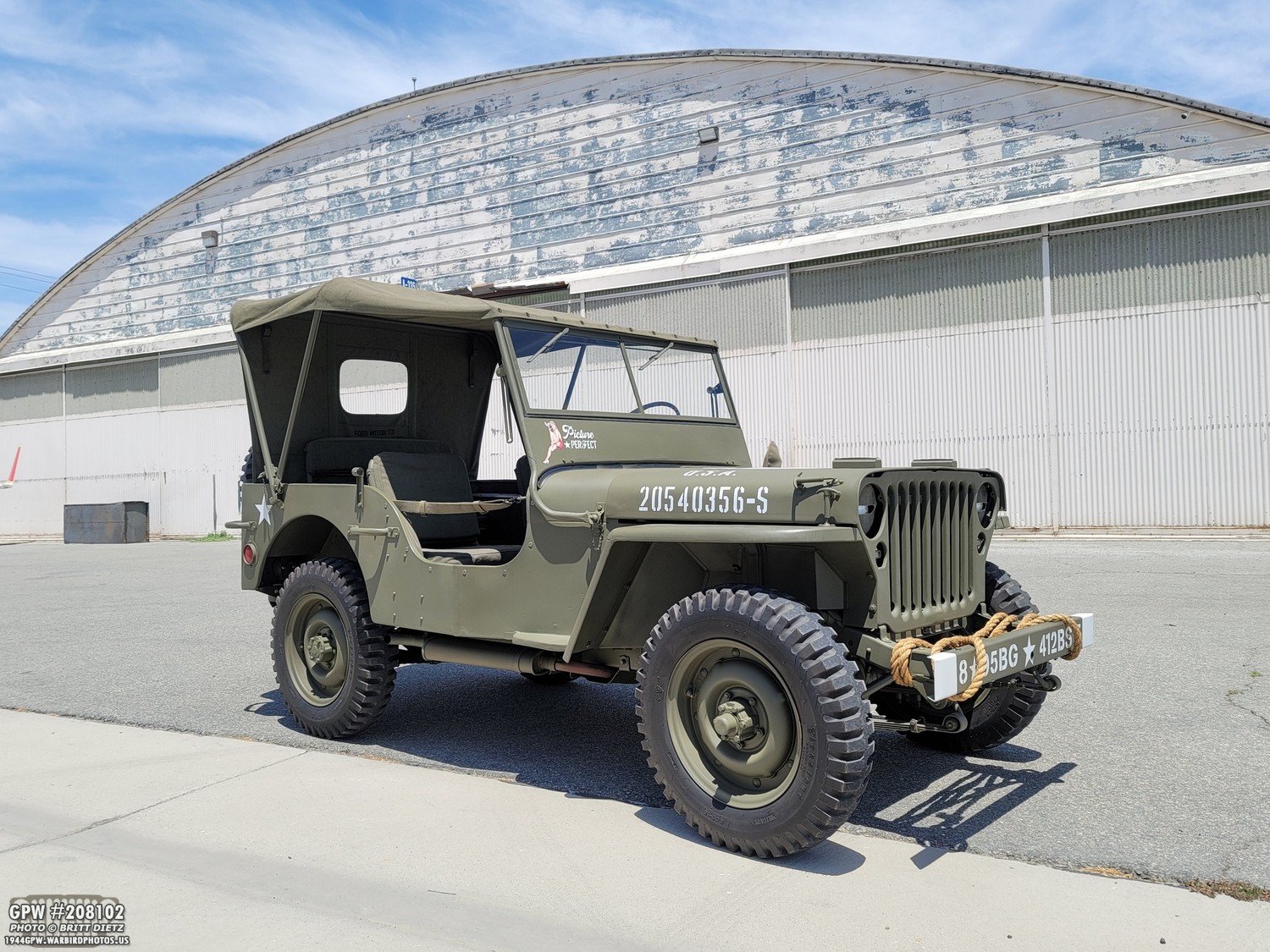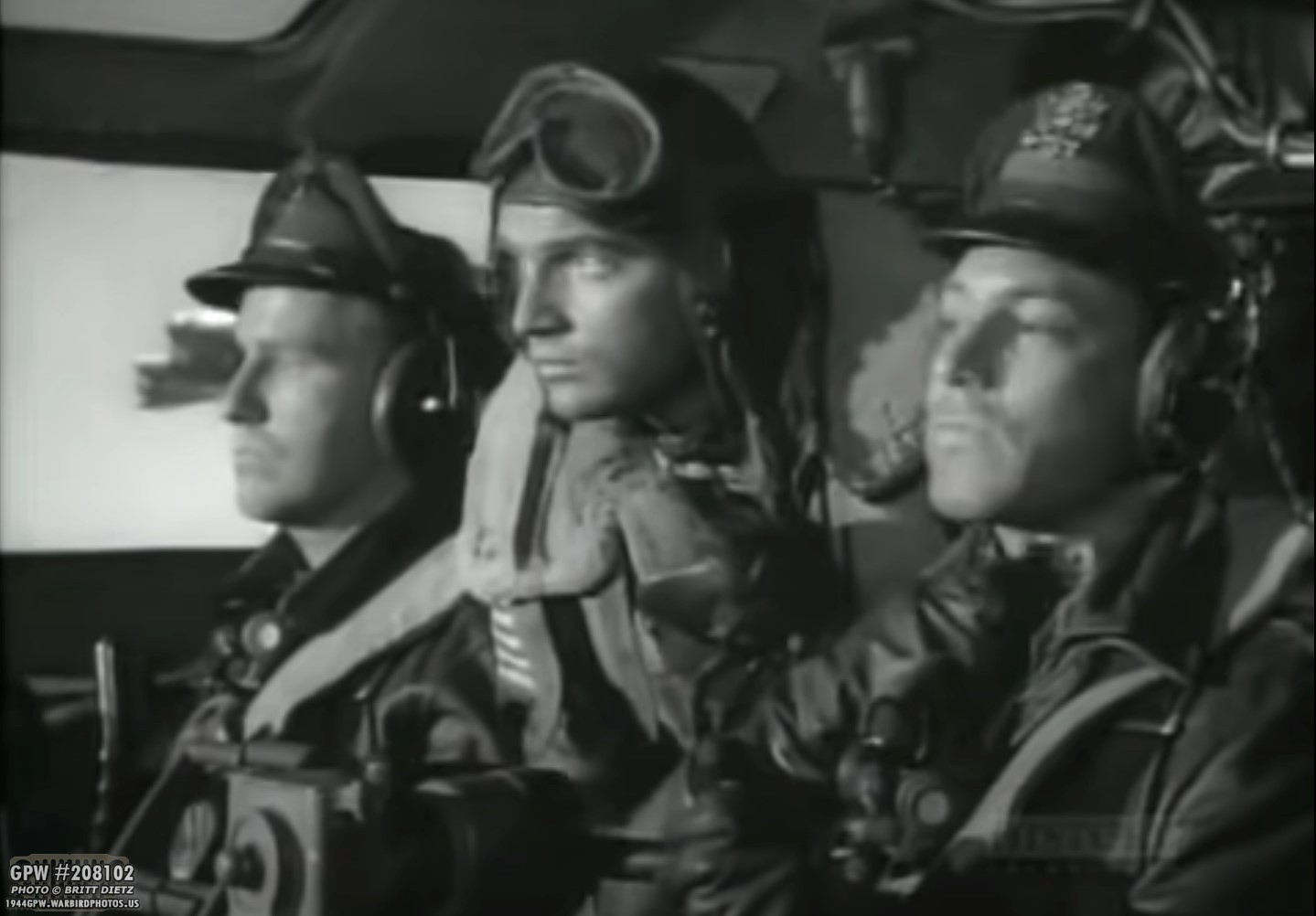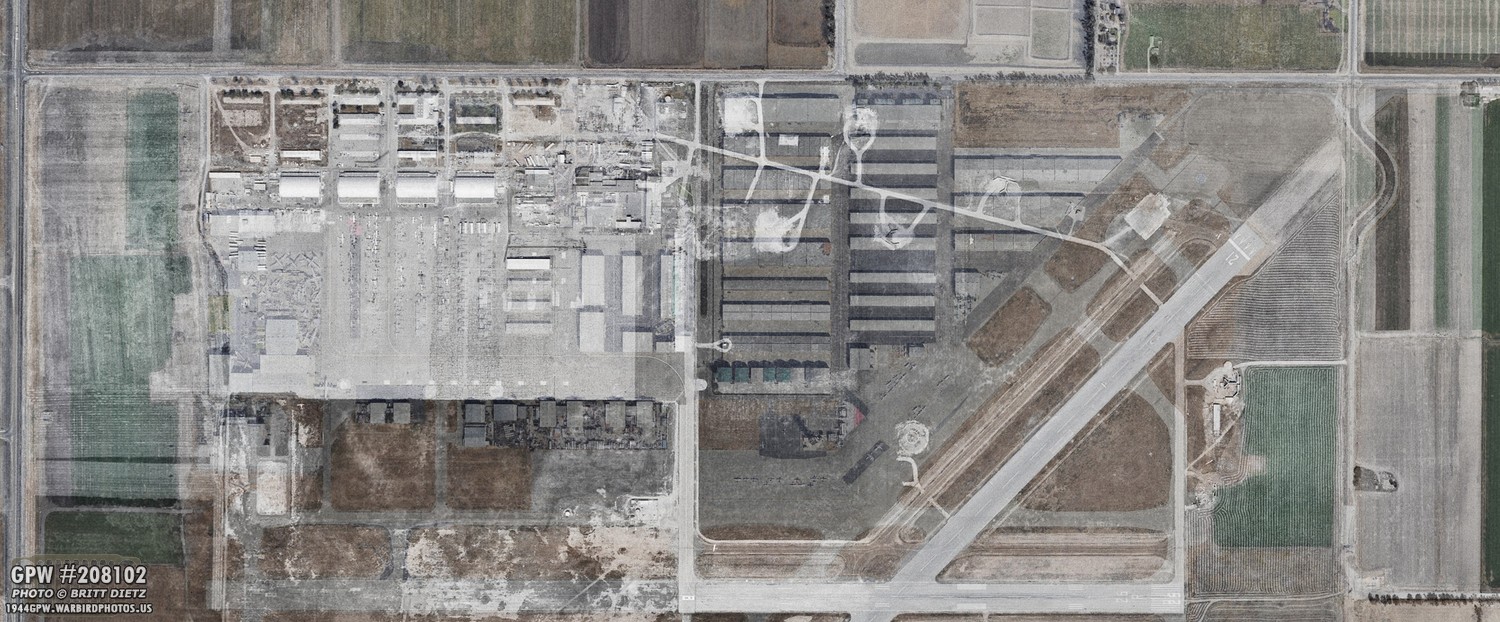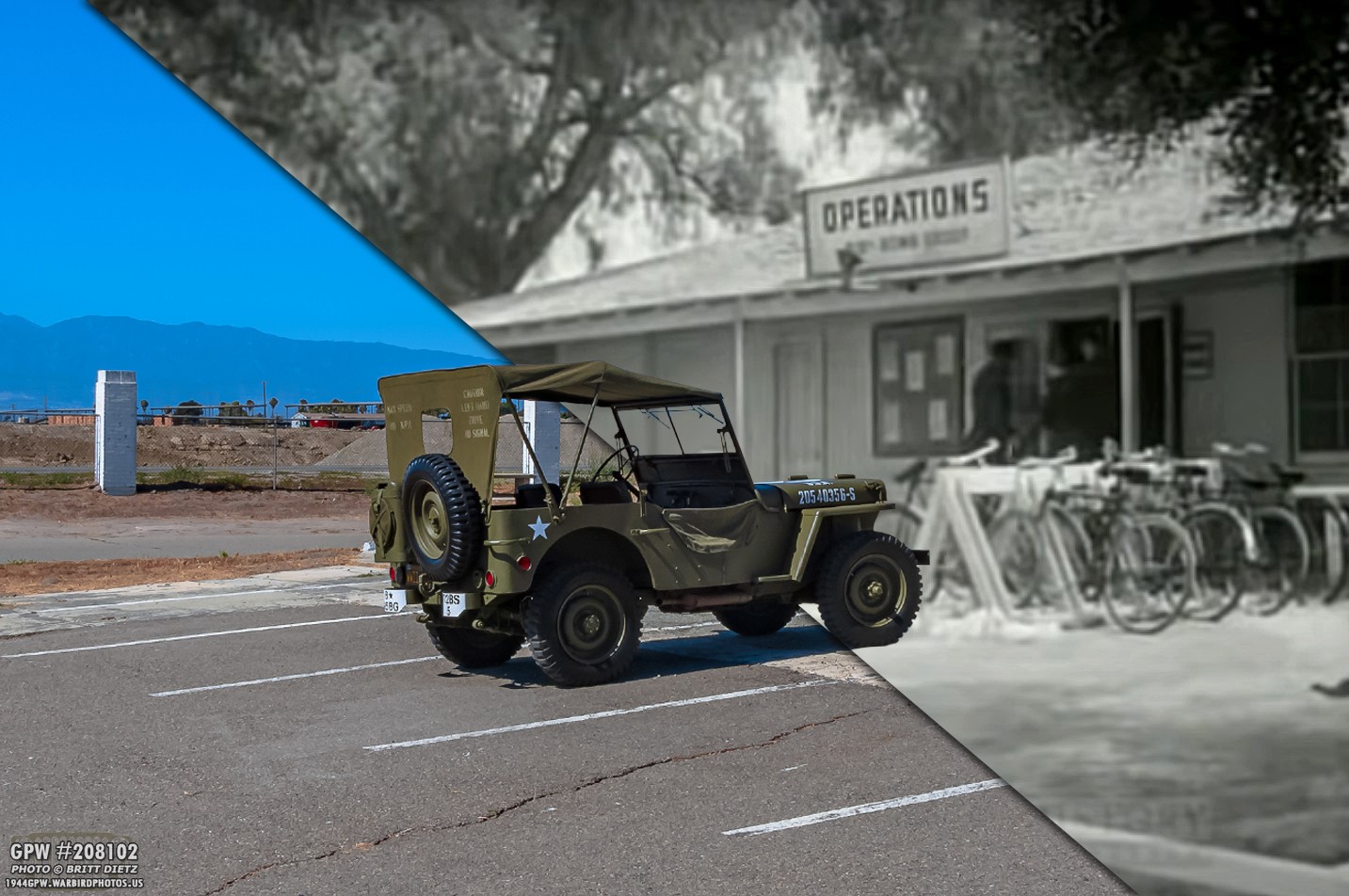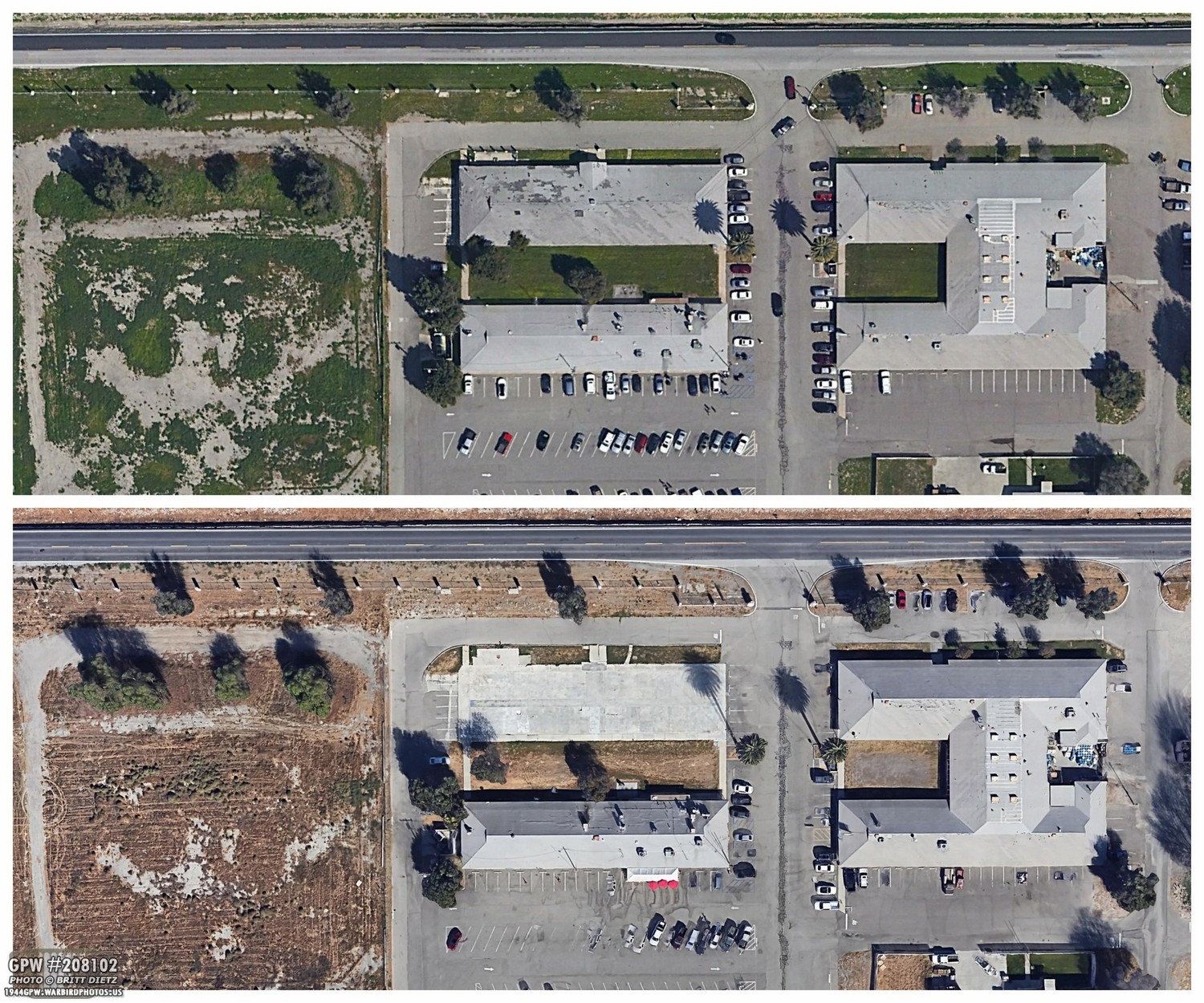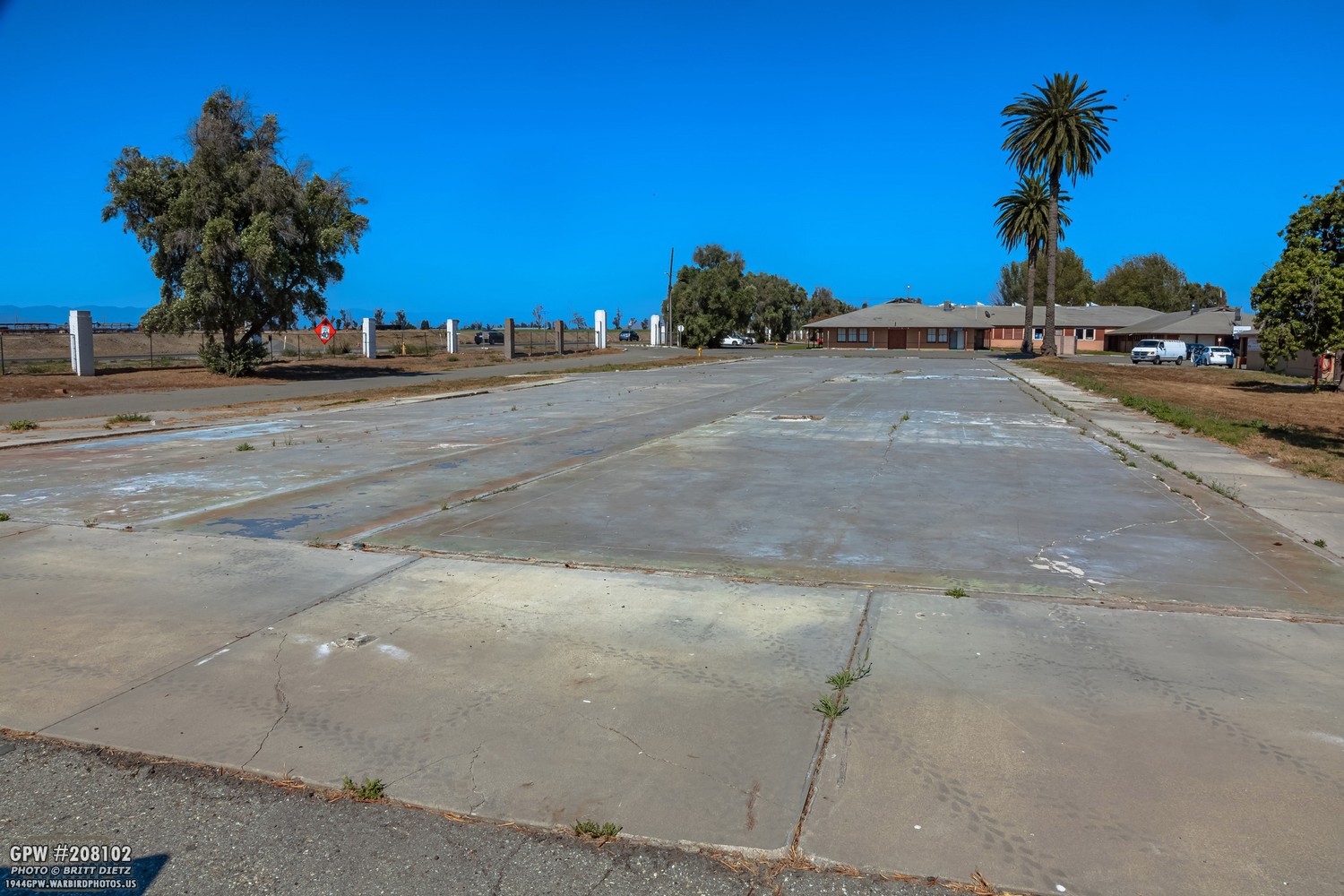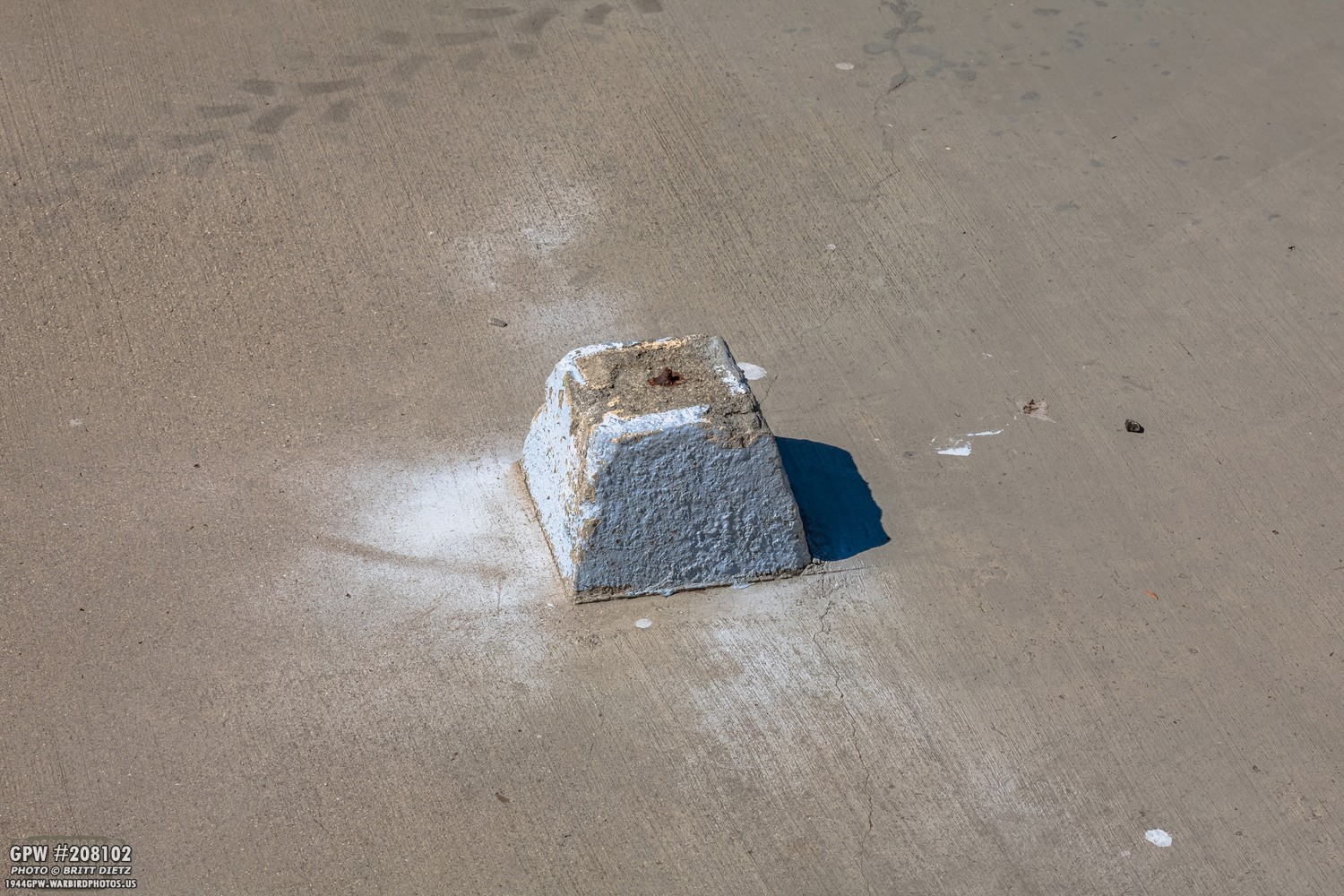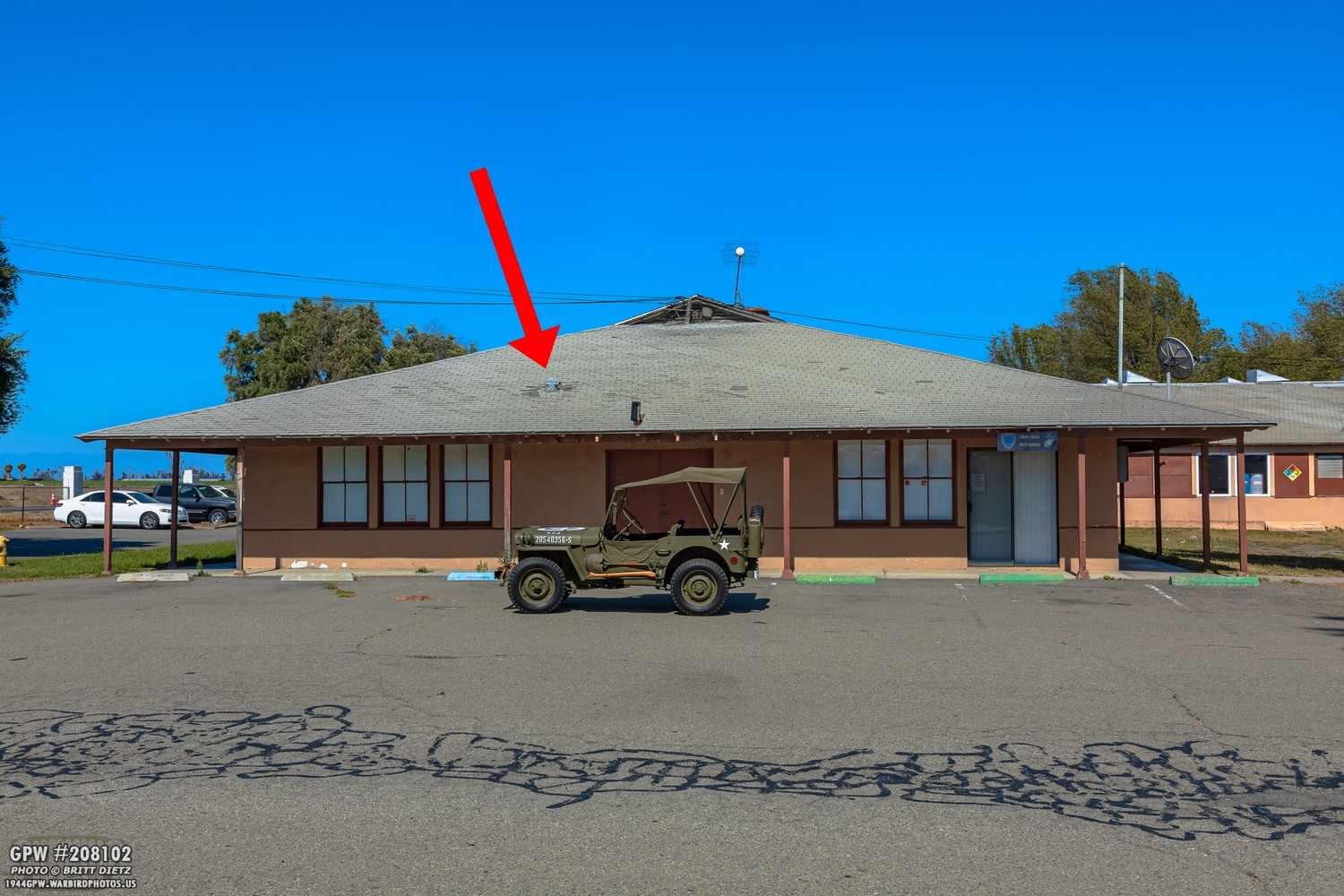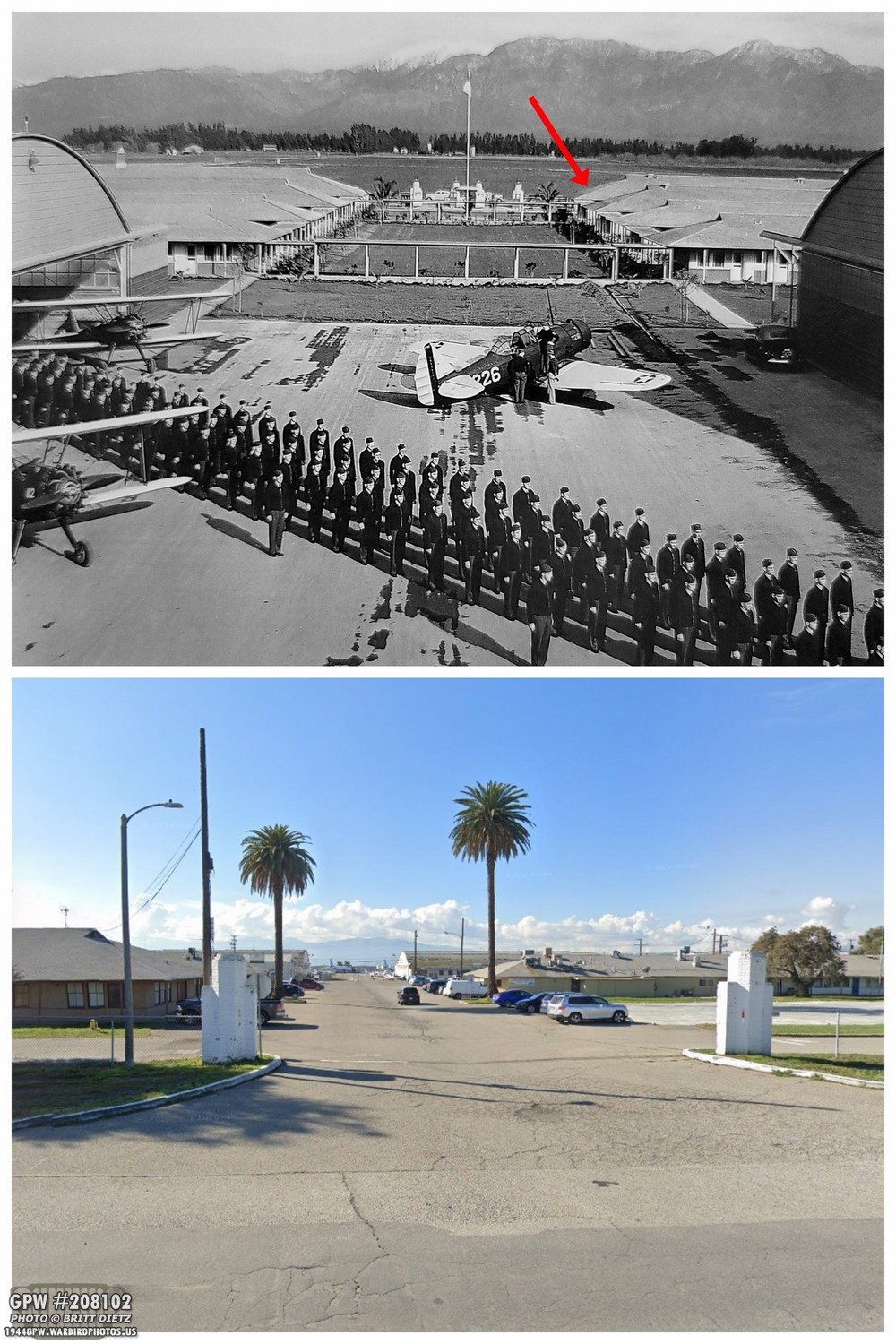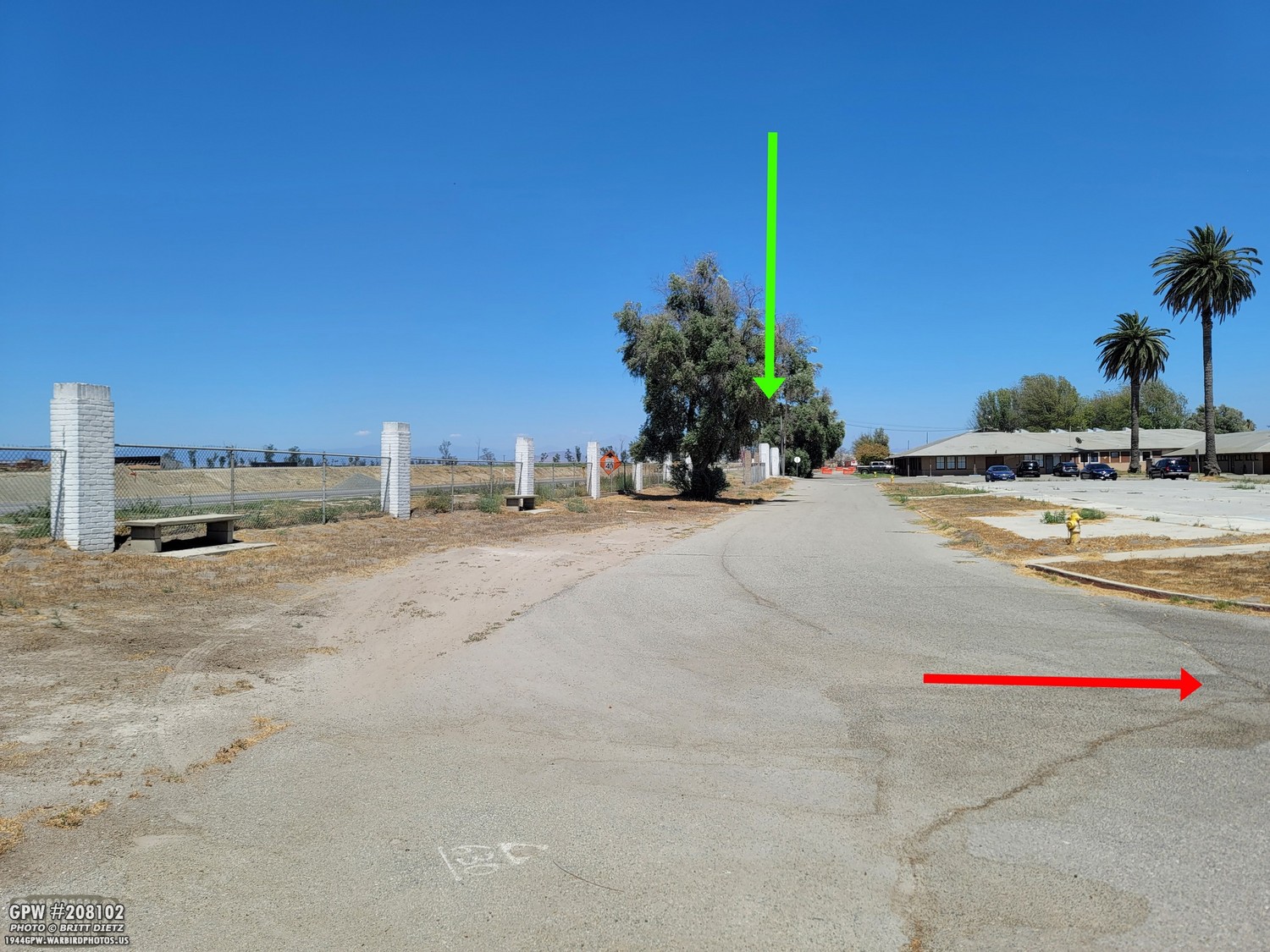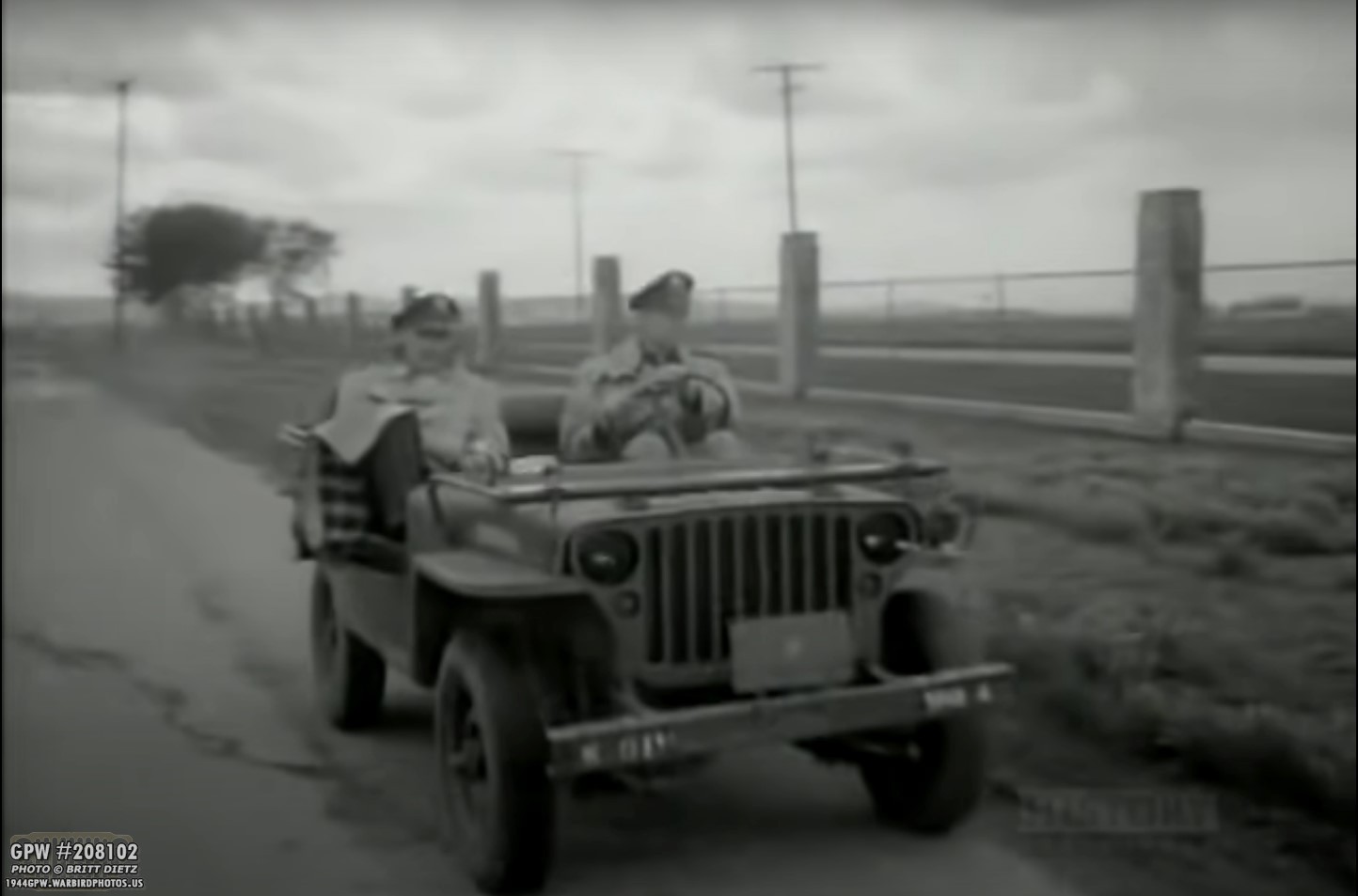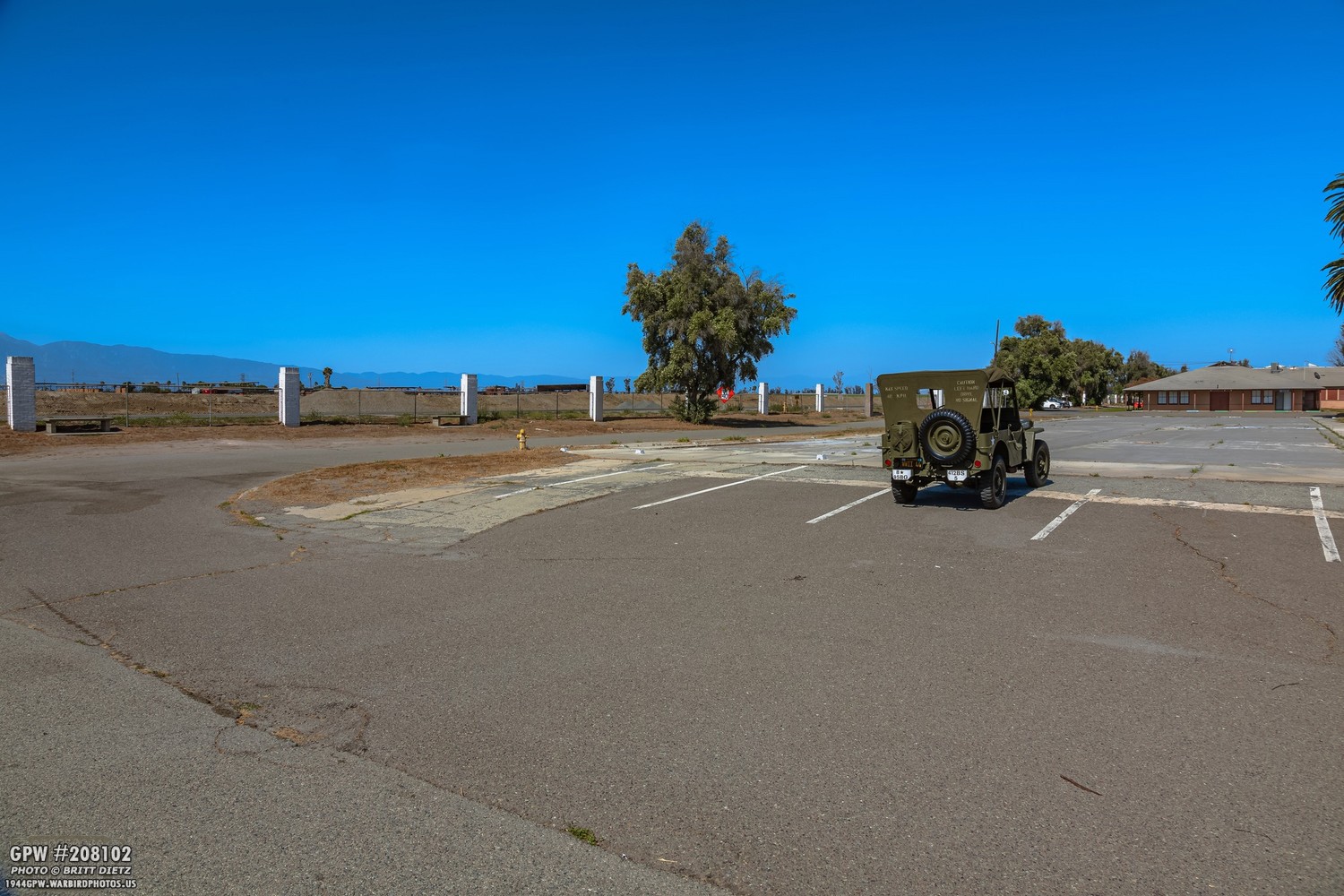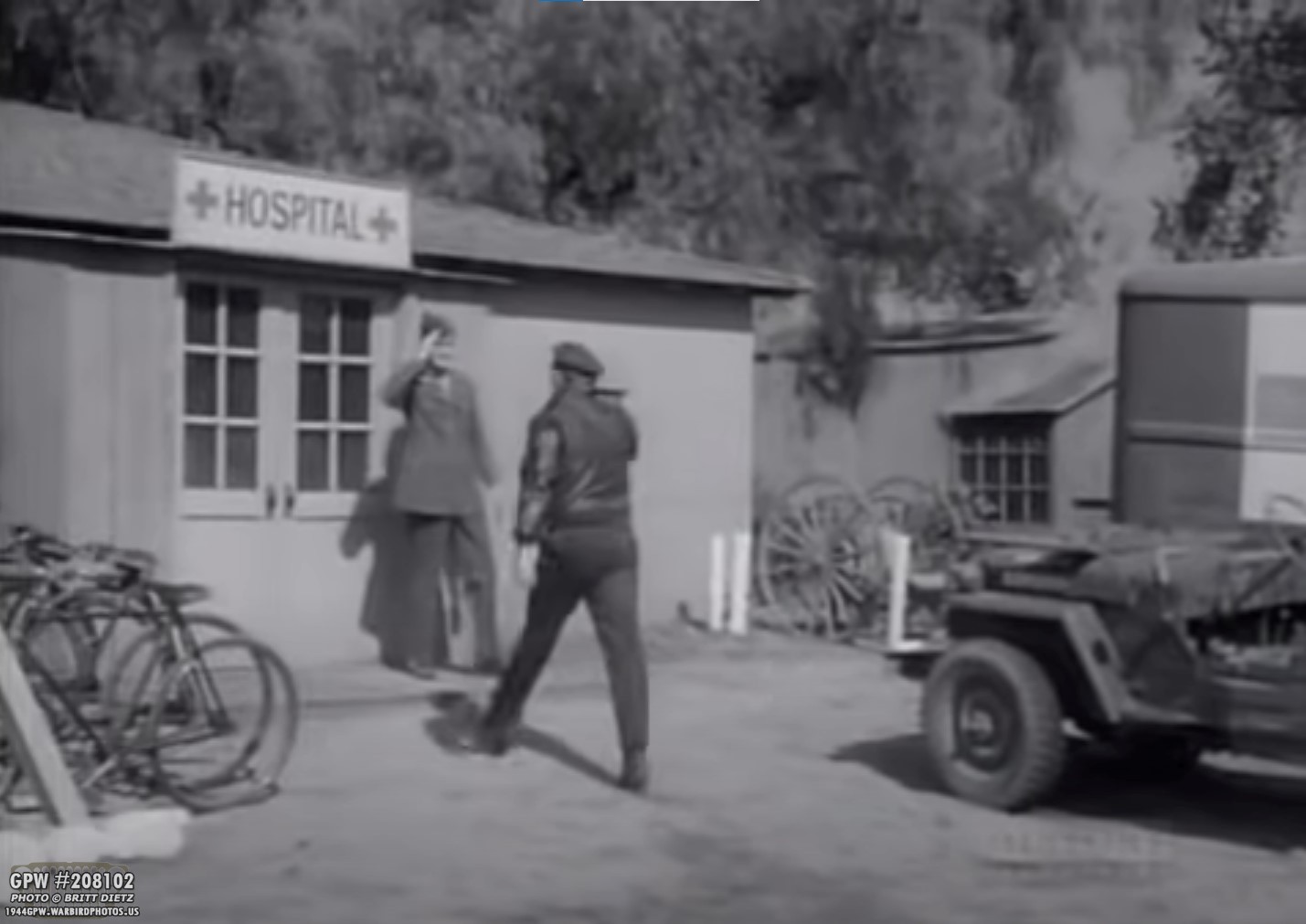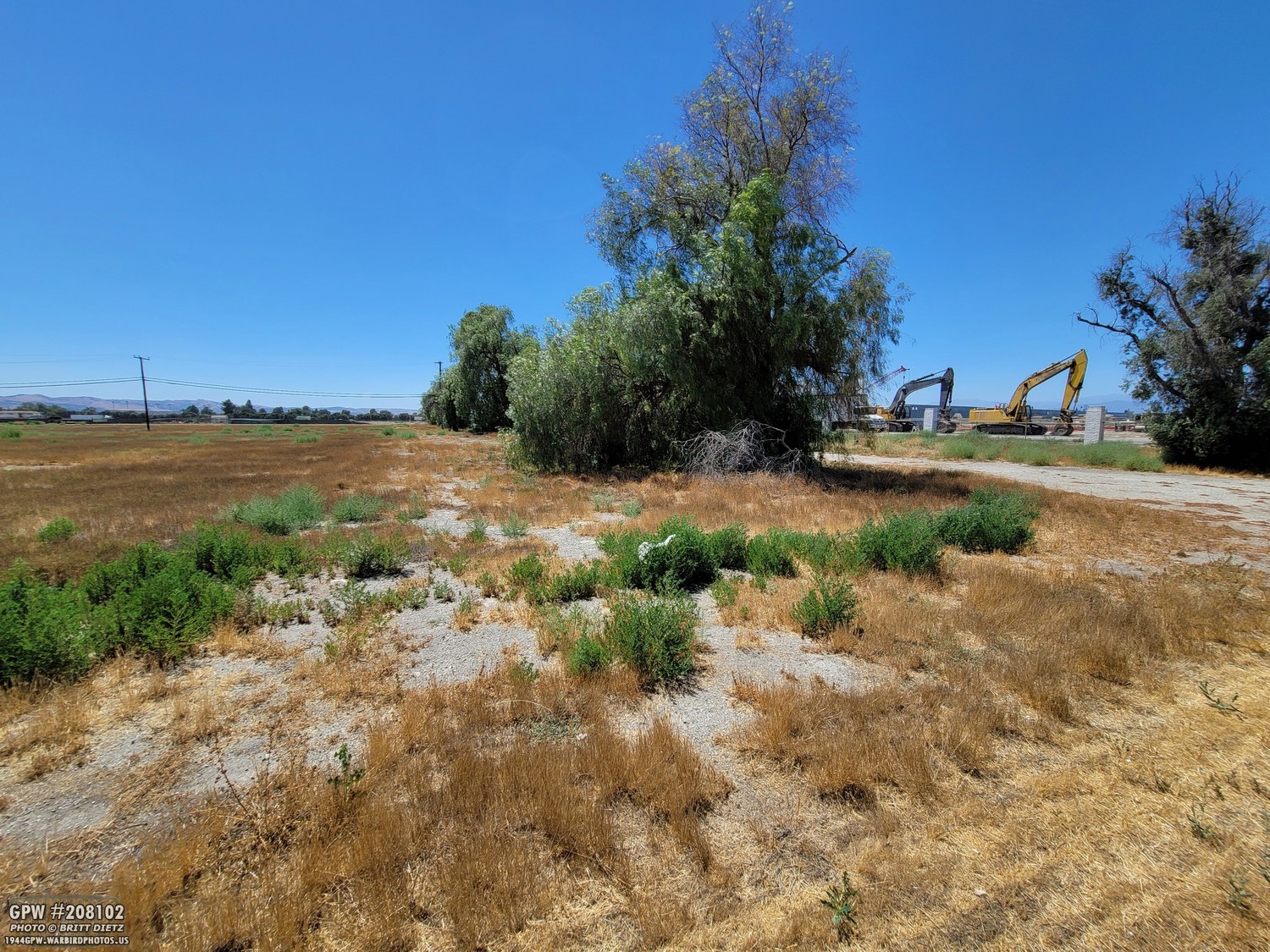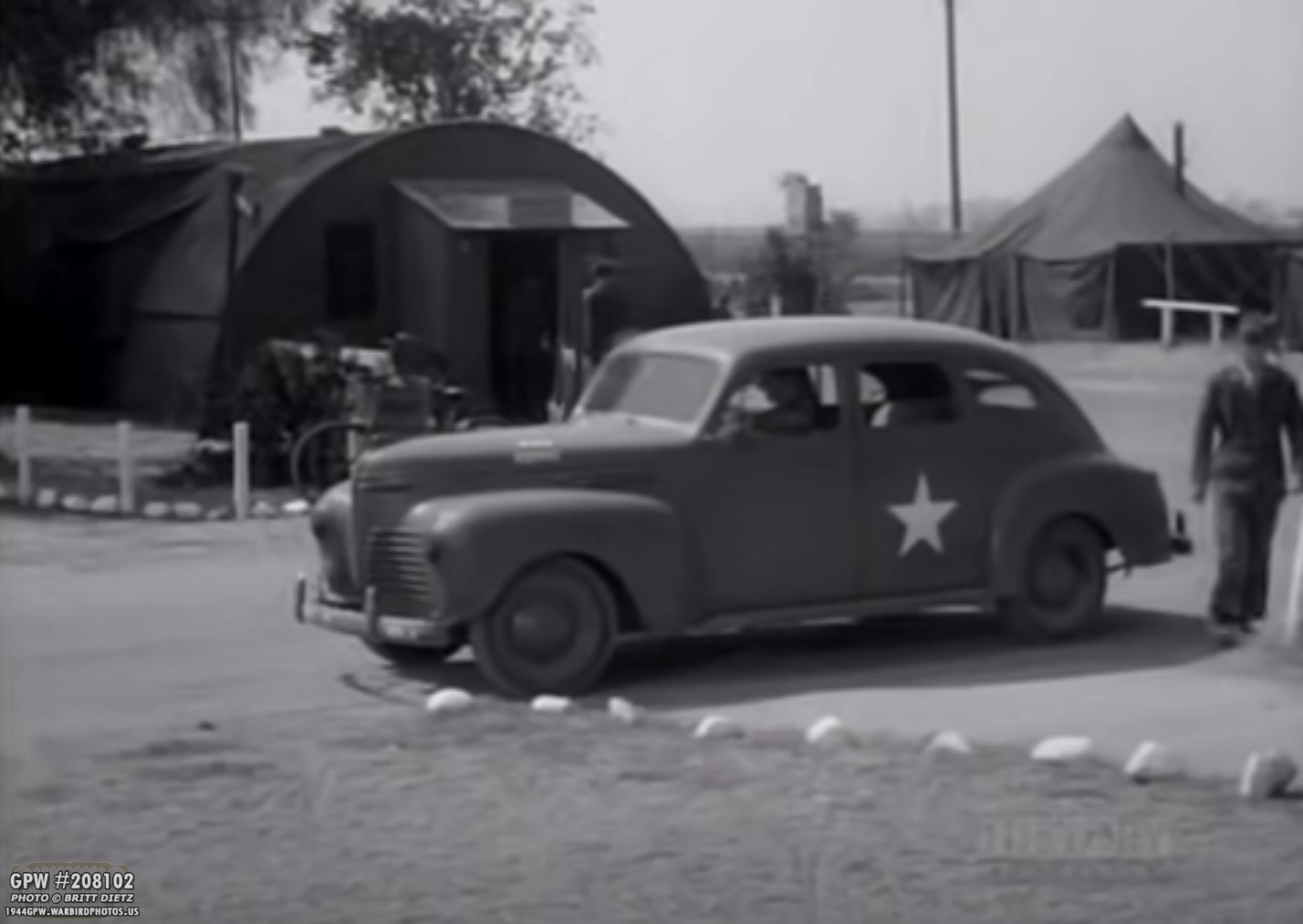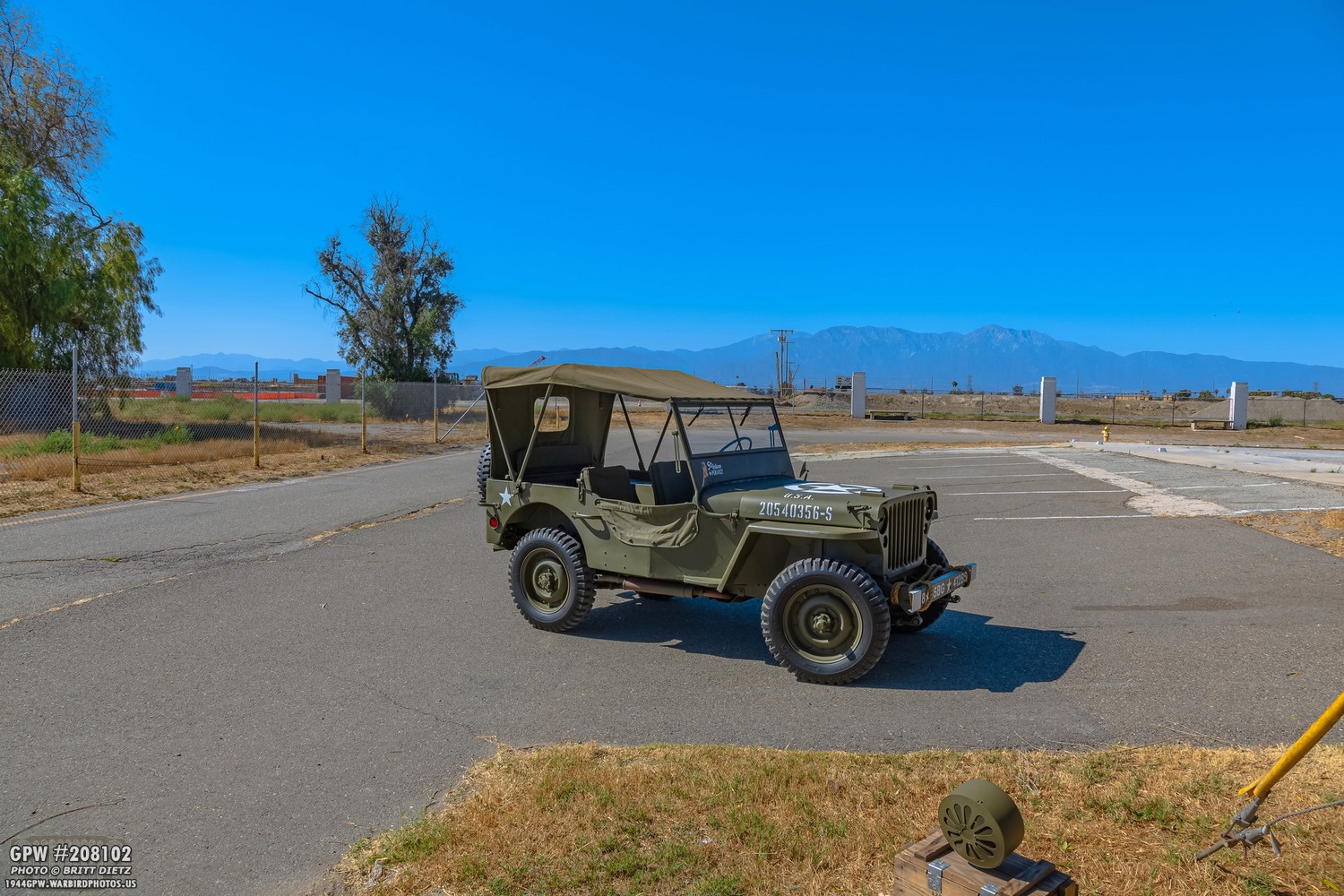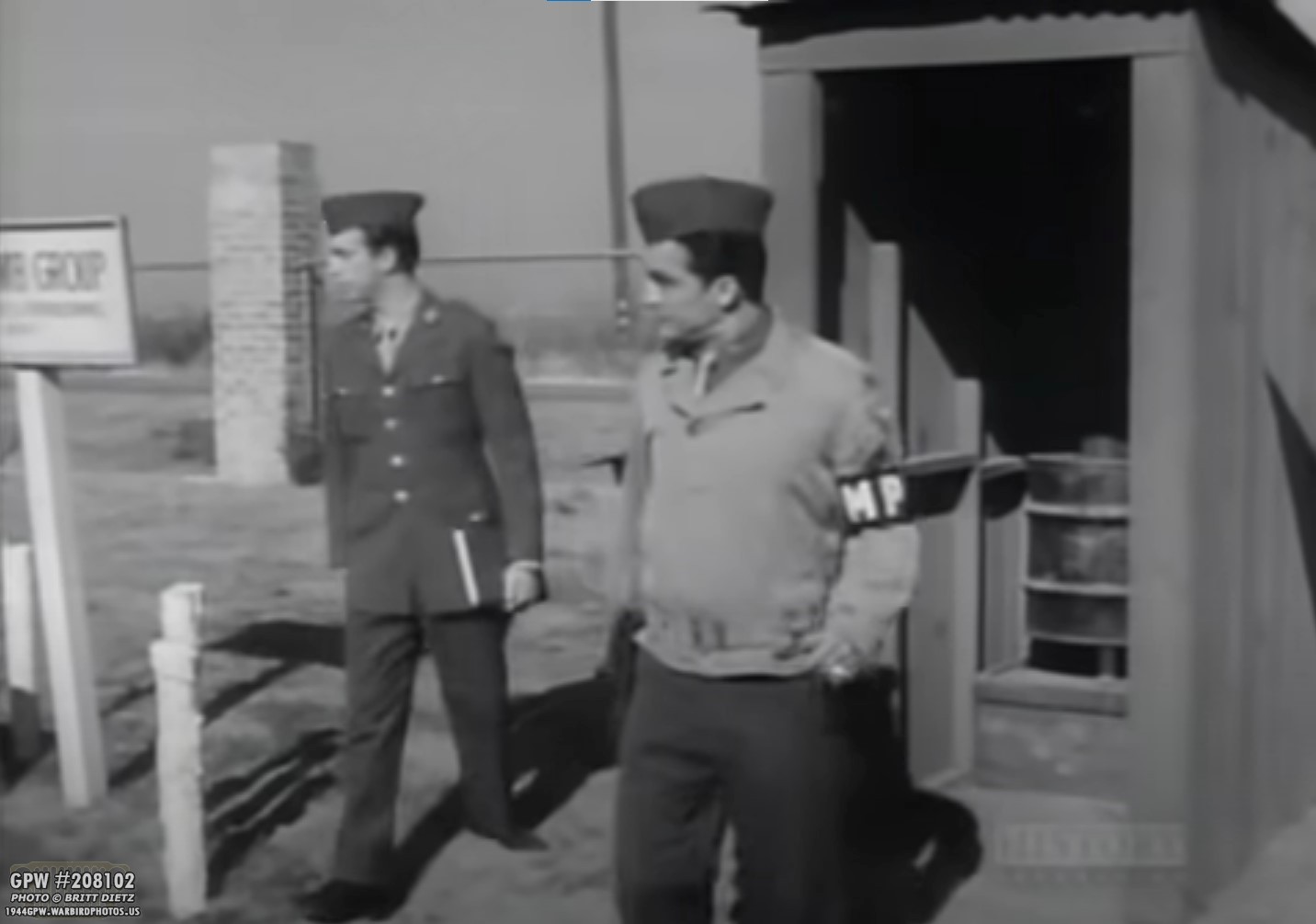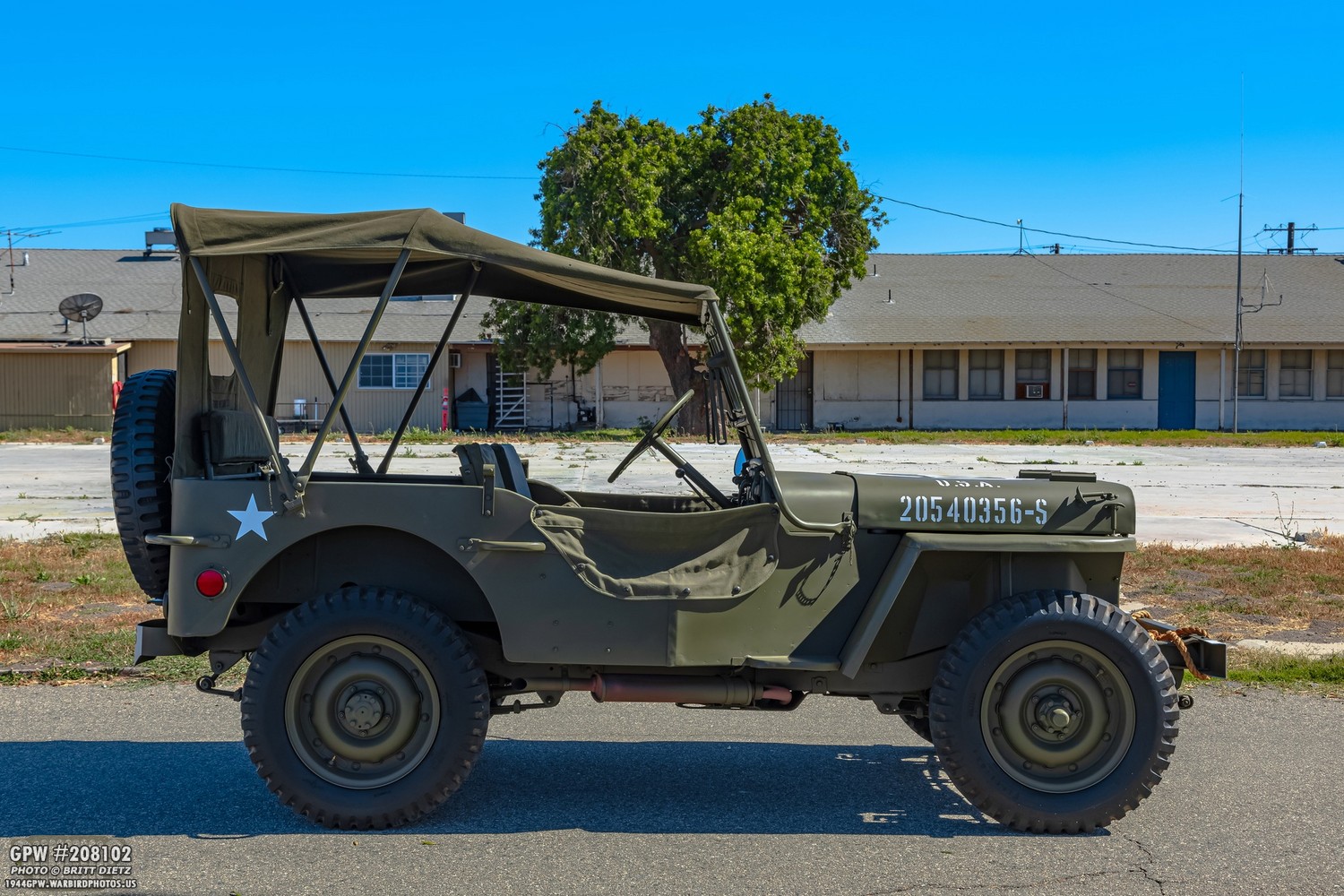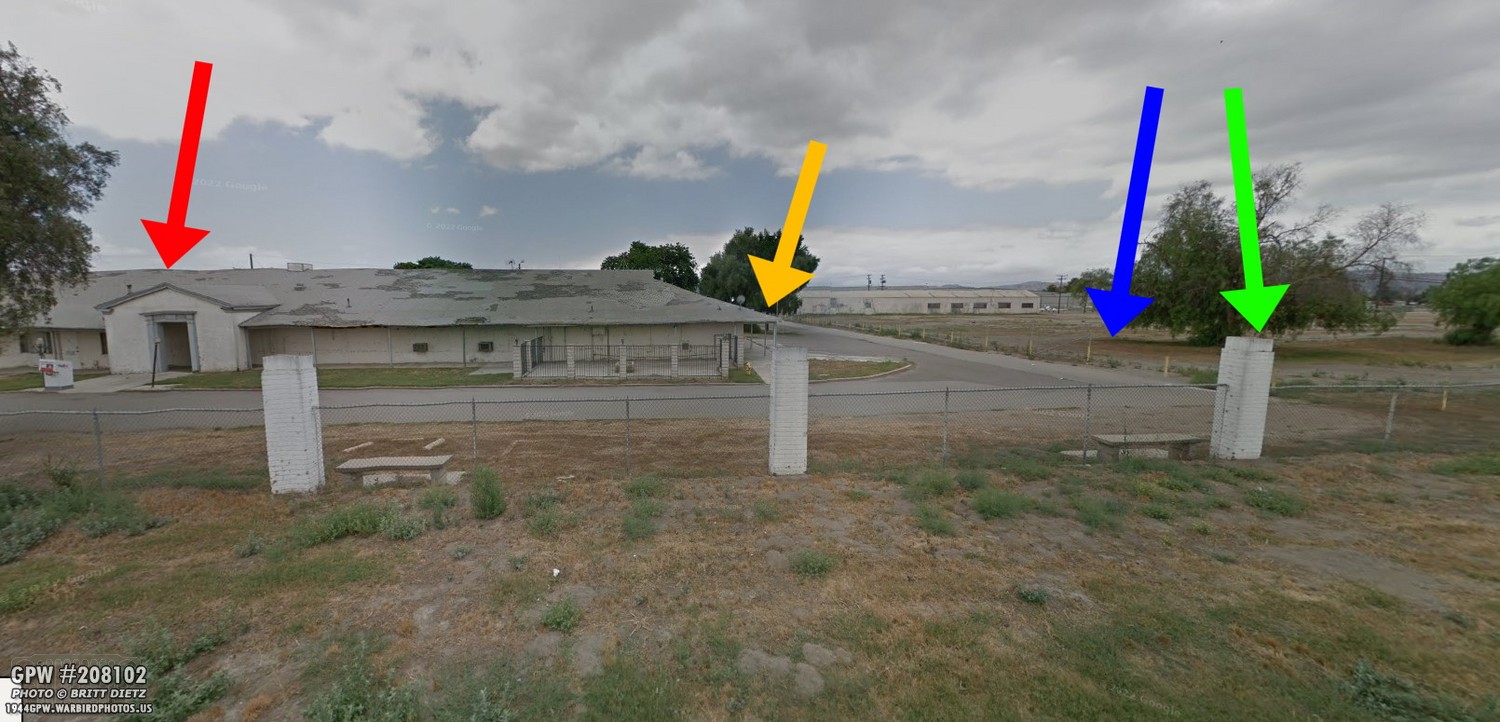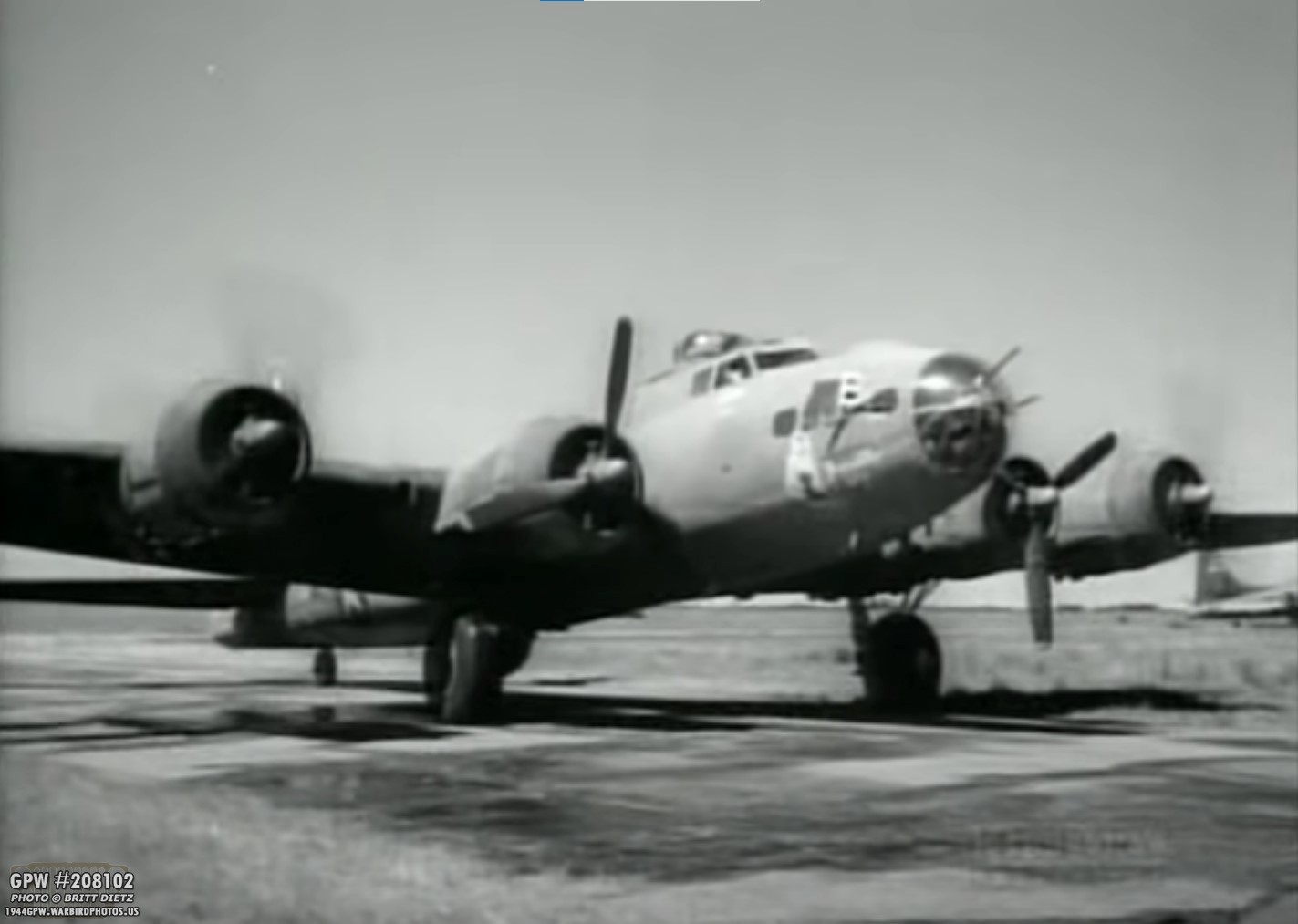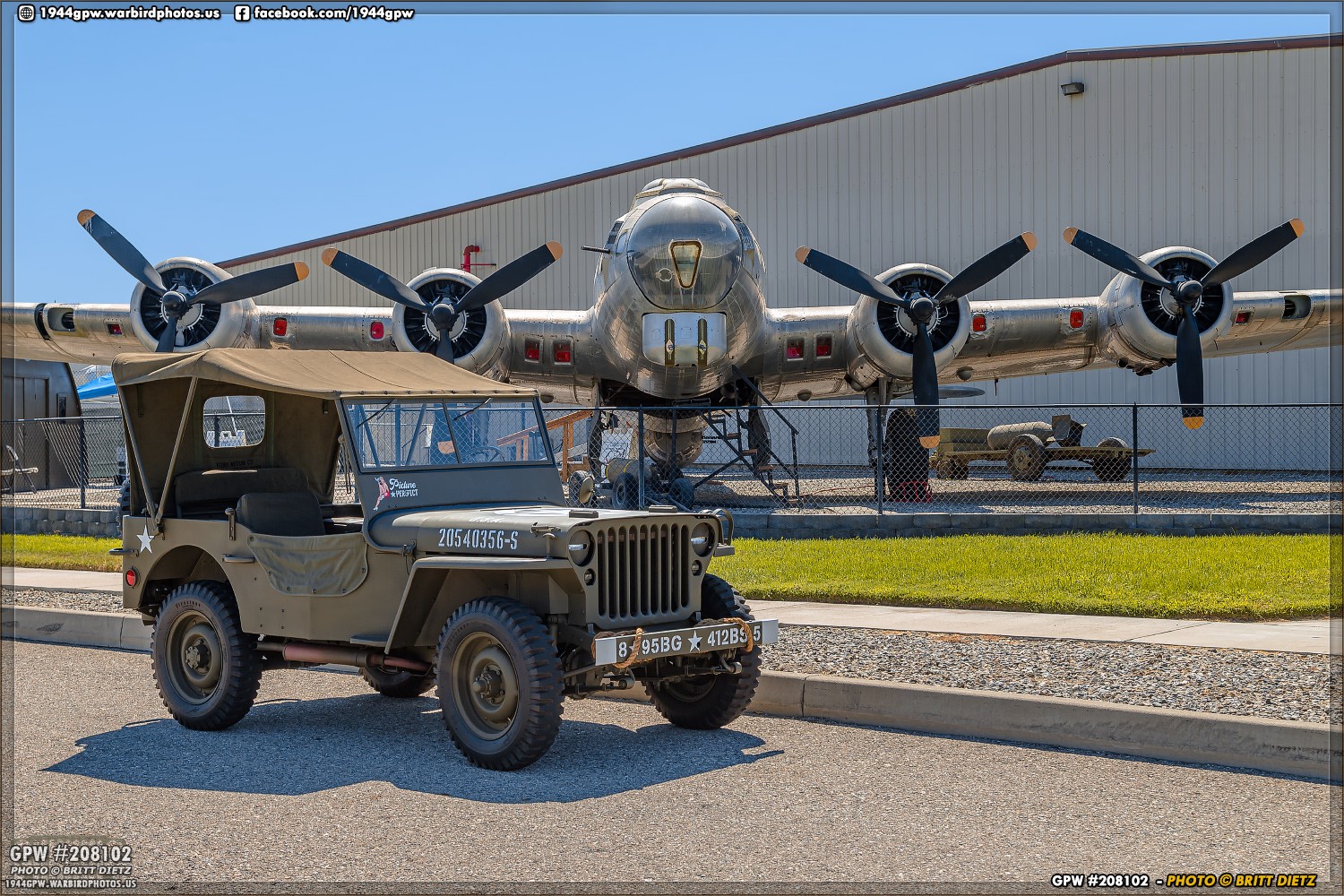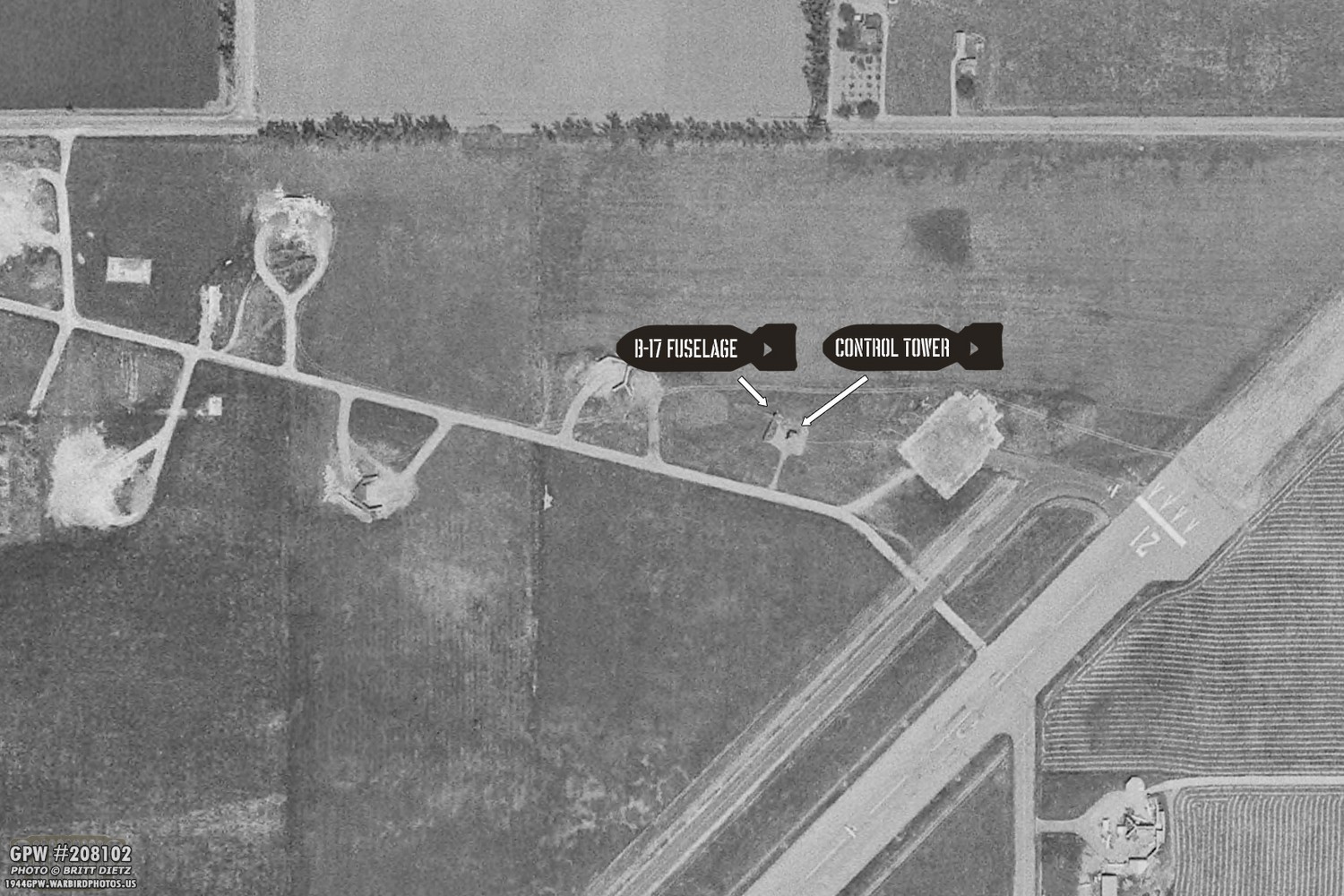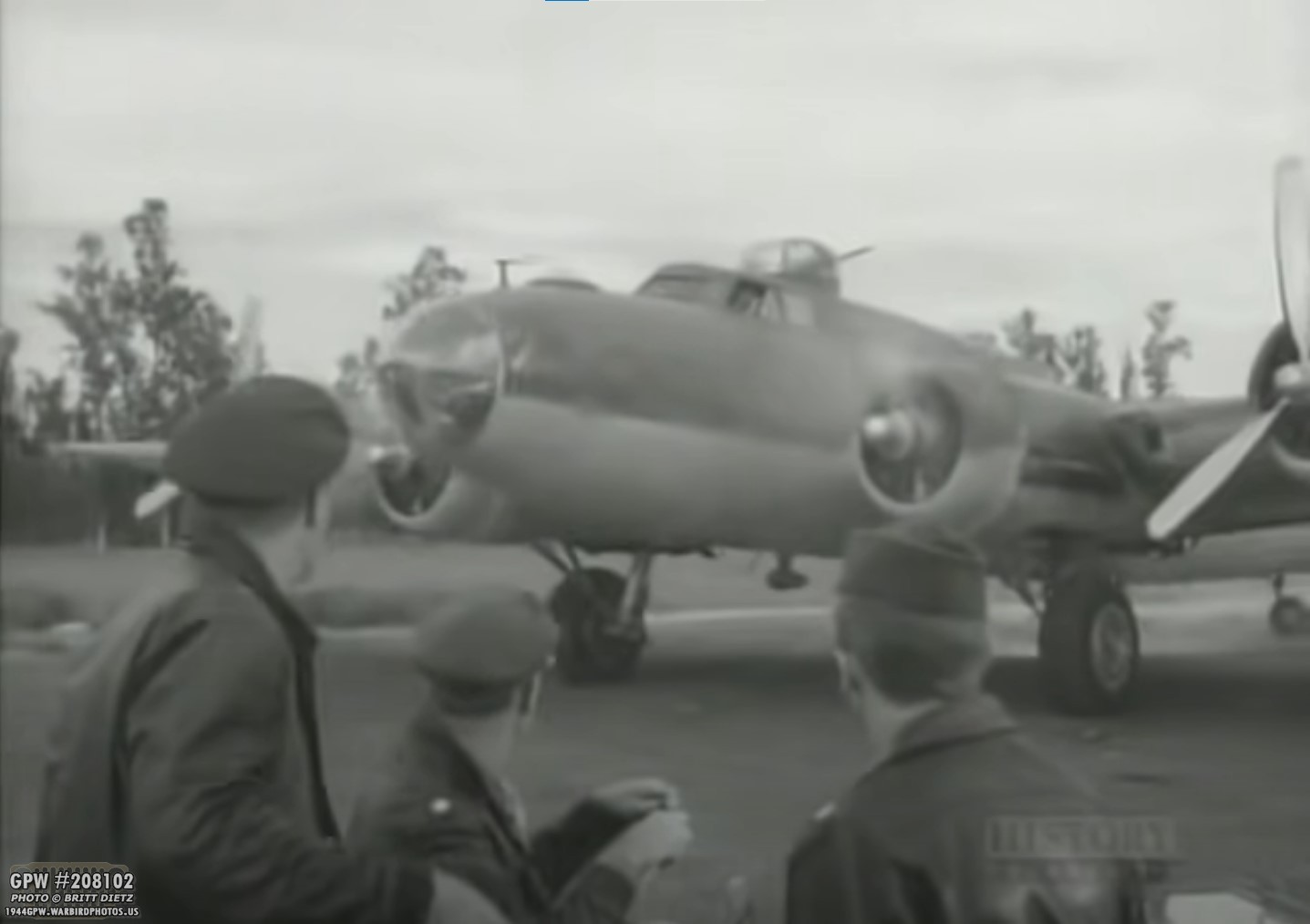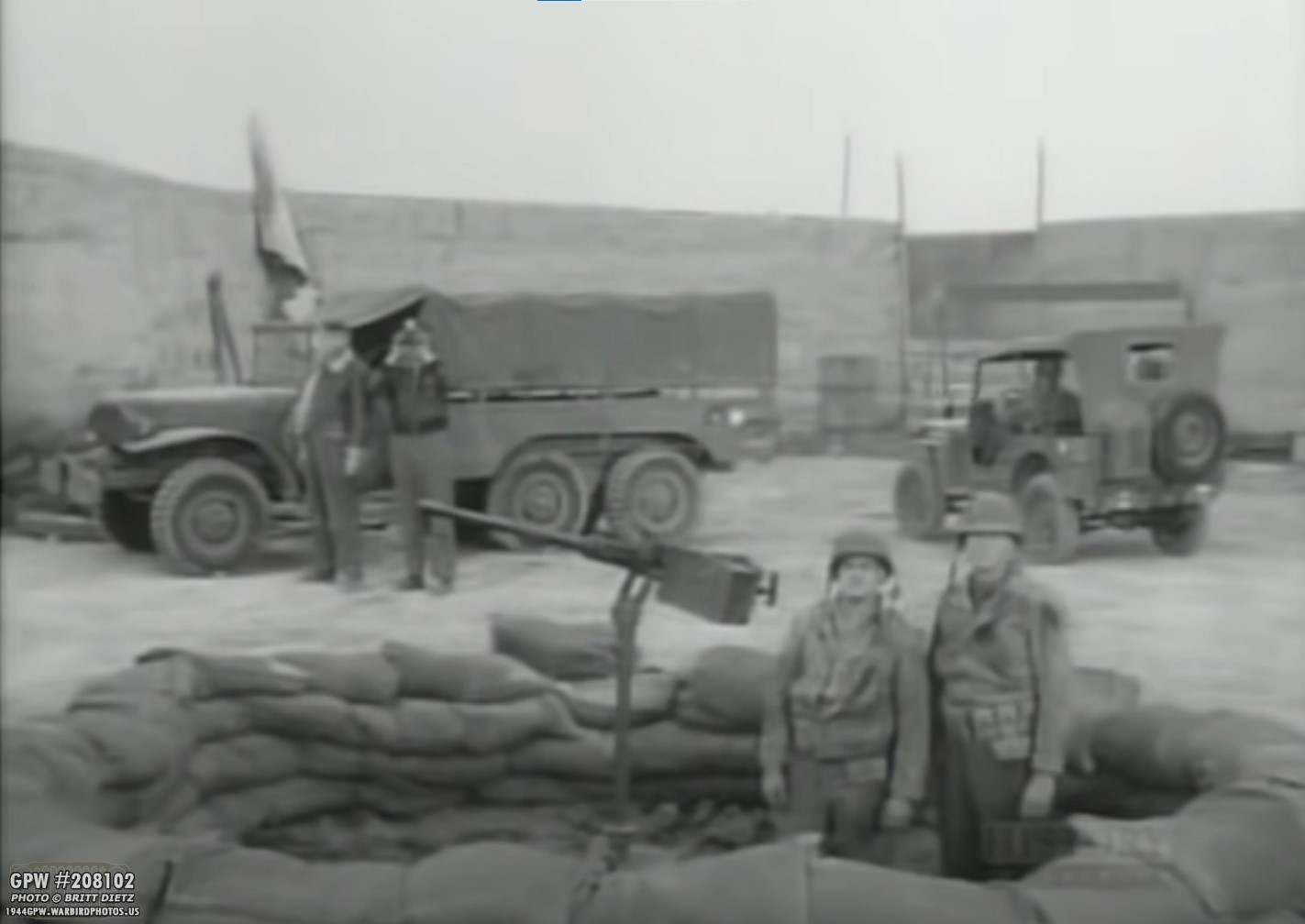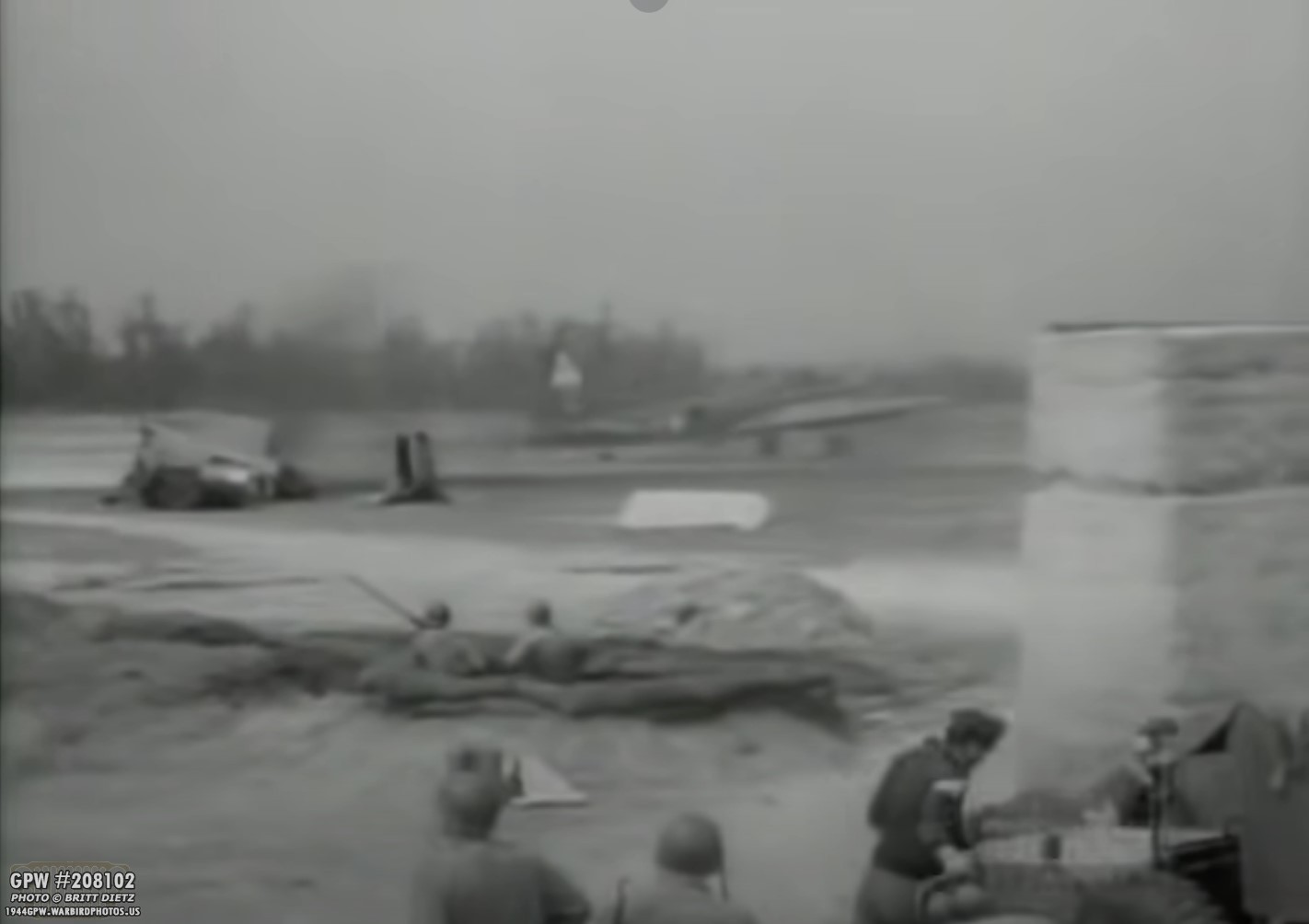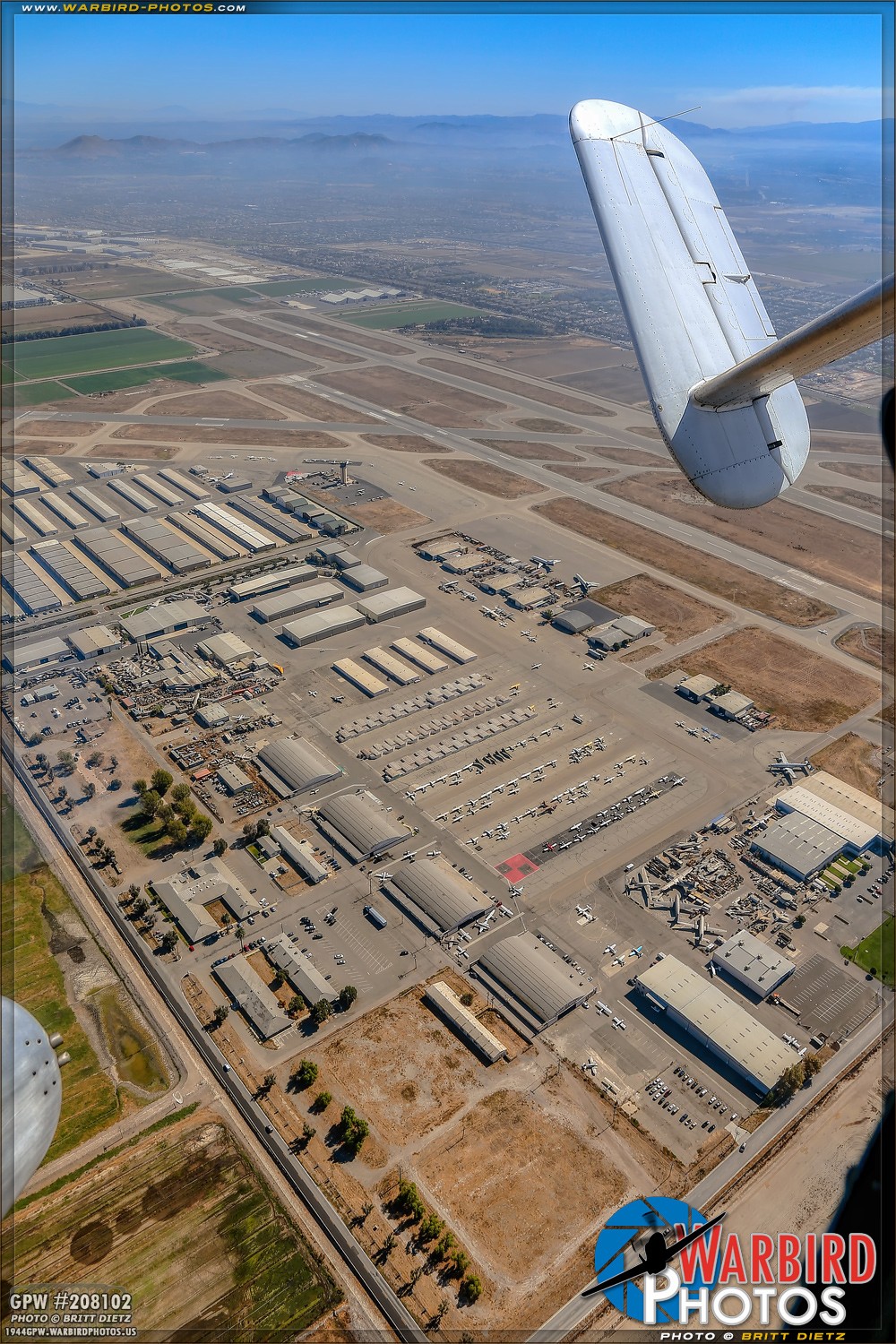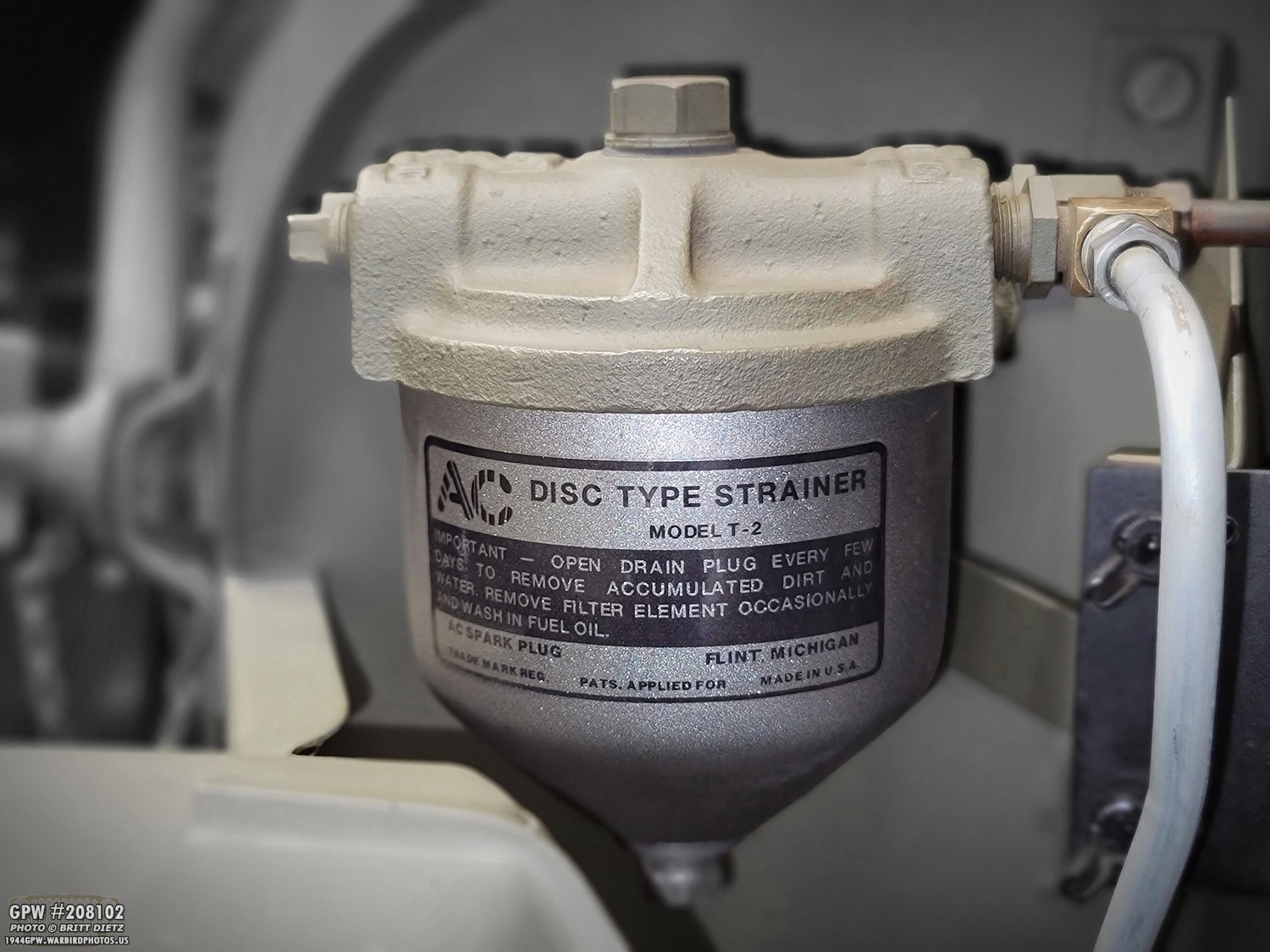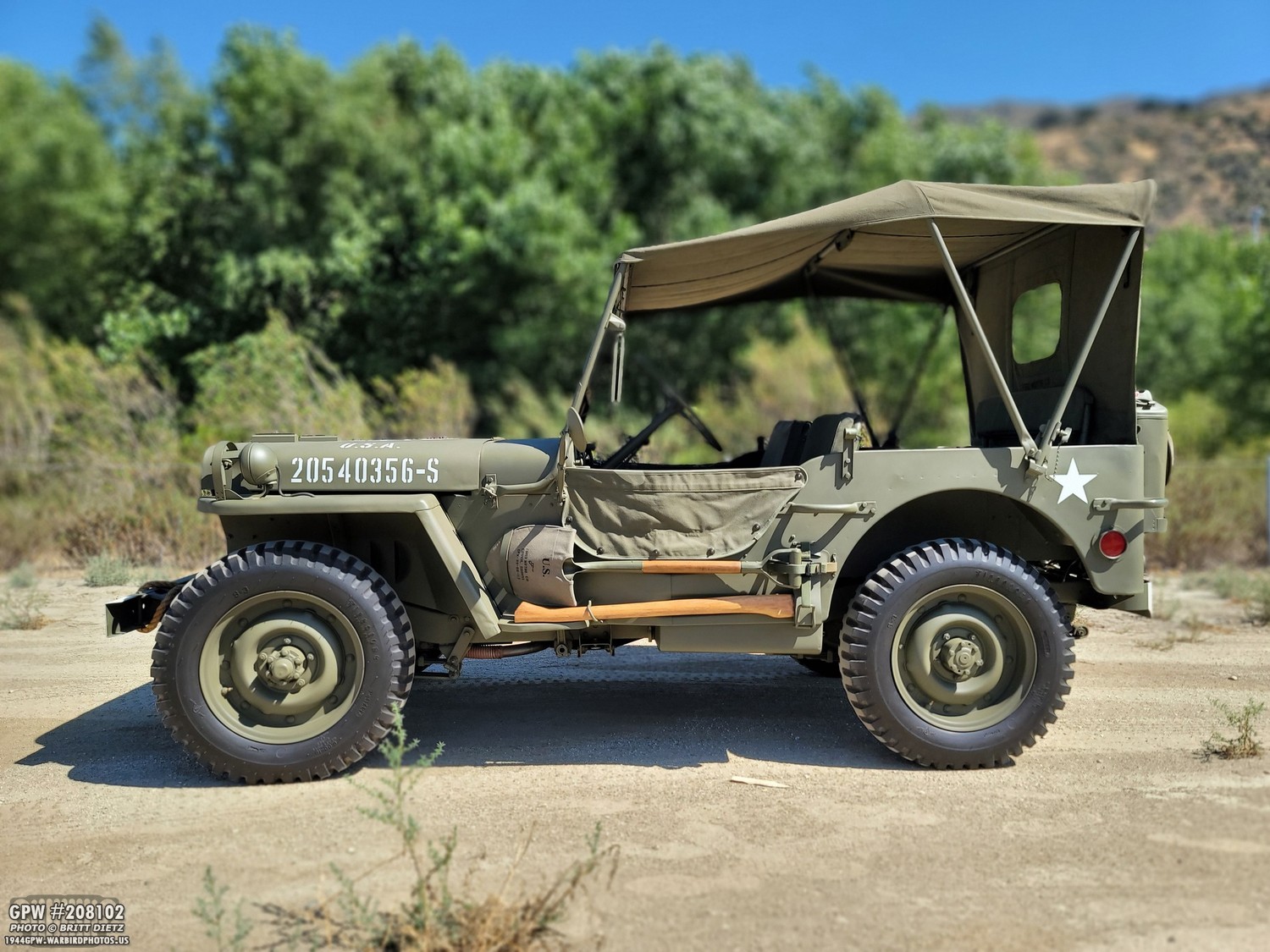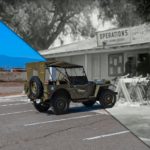 Special Update – 12 ‘O Clock High at Chino Airport
Special Update – 12 ‘O Clock High at Chino Airport
In this week’s update, the Jeep visits the 918th Bomb Group at Archbury… a fun look at the shooting location for the 1964-67 TV show “12 ‘O Clock High” filmed at Chino Airport, California. I took the Jeep over to the shooting locations and documented what things look like today!
Welcome to Archbury, England! Home of the 918th Bomb Group and their B-17 Flying Fortresses. A group Jeep has pulled up to the operations building awaiting General Savage to come out and take him out to the bombers. In what looks like it could be something right out of WW2, this was actually shot in 1964… here in Southern California.
Fast forward 58 years to 2022 in the exact same spot and yet another Jeep has pulled up to the operations building. Sadly, something is missing… and I don’t think the General is going to be found. Join me and my GPW Jeep as we tour…
… the shooting locations of the hit 1964-1966 TV show ’12 o’clock High’ filmed at Chino Airport, Southern California.
*Que the familiar 6 tone clock opening of the show*
Before we get to the show, let’s make a brief interruption and talk about how this sleepy airport that used to be surrounded by cow pastures started. Here’s how Chino Airport looks today. Houses and businesses have been traded for the cows and farms encroaching ever so closer. What used to be an airport in the middle of nowhere is now being surrounded by modern urban development. Let’s hop in a time machine and go back to the 1940s…
You’re been transported to Chino Airport, then known as ‘Cal Aero Field’, in 1946. The war has ended, and this rather unknown airport is taking a breather after being a vital part of the war. Instead of sending hundreds/thousands of airmen from basic flight training into the war, the airport is now a collection point for hundreds of war-weary aircraft awaiting their future as pots, pans, cans, cars, etc.
Built in the 1930s as a civilian airport, Cal Aero Field was the location of Cal-Aero Flight Academy. With the threat of a World War looming on the horizon, the US Army Air Corps looked to fast-track a way to train new pilots using existing airports and flight schools. Cal-Aero was picked as the very first primary flight school for pilots entering the service. The take-over by the USAAC was completed in late 1940, and by early 1941, Cal Aero Field was nicknamed Chino Army Air Field.
Primarily flying PT-17 Stearmans, BT-13 Valiants, and T-6 Texans, this was the first taste of flight many recruits had graduating from Cal Aero Academy to head off to the war flying fighters, bombers, and cargo aircraft.
Cal Aero Field was deactivated in October 1944 with over 10,300 pilots trained and sent off to fight the war. The field soon became a spot rich with land for surplus and war-weary military aircraft parked in the vast fields in and surrounding the base. From the smallest Army gliders to B-24 Liberators (and even a few B-29 Superfortresses) were lined wing tip to wing tip awaiting the smelter to be melted down into small raw aluminum bits for use in post-war manufacturing.
Note the four hangar buildings top center.
During the heyday of Cal Aero Academy, the base consisted of 17 barrack buildings, which were called ‘luxury hotels’ by the occupants. Next to them were four medium-sized aircraft hangars (shown left and right). Looking at this photo here from the Cal Aero tower towards the mountains, the flag pole sits in front of the main entrance to the base with the guard shack in the middle. Four white pillars frame the entrance and exit.
Flash forward to today, two of those large entrance pillars still exist, and this is the main entrance into this area of the airport just as it was during the war. No guard shack anymore, and the middle two pillars are gone. Note the same mountains in the distance.
Here’s a closer look at those two original entrance pillars made of brick. They often go unnoticed by those visiting the airport and the two air museums located there.
Stepping outside of the airport (or outside of the base during the war), here’s a look back of how it looks now to enter this area. This is a reverse angle from the black and white photo you saw 3 images back. The guard shack would be in between these two remaining pillars. Note the two round-shaped hangars in the distance. Those are the same hangars that were in that black and white shot. The original tower, removed long long ago, would be visible between them if it was still there today.
So, that begs the question, what still exists from World War 2? Aside from the diagonal runway 3/21 and a few buildings, much of the barracks, buildings, and taxi ways have been removed or paved over. Here’s a basic look at what does still exist currently in 2022. Only four barrack buildings survive, with one pair still connected together as they were. The four hangars built in the 1930s still exist and are occupied by various aviation services. While shortened in one aspect and expanded in another, the building at the bottom was used as a motor repair shop where aircraft would come in, have the engine removed, rebuilt, and reinstalled in an assembly line way. Ironically, that building today is home to Fighter Rebuilders, which restores warbirds.
Here’s the Jeep with one of those original hangars from a few months ago. Pretty neat to still see them going strong and in business almost 90 years later. We’re going to time jump again, back to 1964-1967 when a certain TV show was airing on TV…
That show was called ’12 o’clock High’, a spin-off remake of the popular movie of the same name that starred famed actor Gregory Peck. The show was a ‘QM Production’, produced by Quinn Martin during 1964-1967. It aired during the time of other major WW2 television shows such as Combat!, The Rat Patrol, and McHale’s Navy.
The show was about the fictional missions of the fictional 918th Bomb Group based at the fictional Archbury Army Air Base in England. The show centered around the Commanding General of the base and his crew, often hitting various targets in Nazi-occupied Europe.
The first season of the series starred actor Robert Lansing and Brigadier General Frank Savage Many feel his episodes were the best of the series with the best stories and writing. The network wanted a ‘younger, softer’ looking leading man, so they ‘killed off’ General Savage off-screen in the first episode of the second season and brought in Paul Burke, who had appeared on the show a few times, to replace him as Colonel Joe Gallagher. Ironically, Paul Burke was older than Robert Lansing.
The series was based at a fictional base in England called Archbury Army Air Base. The fictional 918th Bomb Group used actual wartime footage of various B-17s from the 91st bomb group spliced with footage shot on sets and… exterior shots of the fictional base shot at an airport that used to be an Army Field. Cal Aero Field!
So let’s go to 1965, when the hit show was in the middle of production. Here’s how Chino Airport looked at the time. Still mostly retaining that WW2 appearance, though with many of the barracks already removed.
Overlaying the aerial map from this year we can see how much the airport changed between the 1960s to today. In fact, most of the expanding of the new hangars to the right happened before 2000.
So, let’s zoom in on the 1966 map of the airport. Pretty amazingly, we can see the set. In this corner of the airport, they used existing barracks to represent the main operations building and the base hospital. Smaller structures were built to represent the Officer Club and the officer barracks. Let’s take a look at how all these areas look today.
Let’s take a look at the Operations building. This shot was a key place for much of the series. Often with Jeeps, staff cars, and ambulances driving by.
Same shot, but split screen with my Jeep parked as if it was waiting for the General to take him out to the waiting B-17. But, there’s one major change when I reveal the shot from today…
Something is missing. Yup, sadly, that building was demolished in 2021.
If we take a look at an aerial photo from 2019 to one in 2020, we can see that barracks building on the top of the two left buildings was torn down. It had been vacant for several years and was not upkept, sadly, so the decision was made to tear it down.
It’s now just a blank concrete pad, presumably, this is the same concrete base that was poured when it was built in 1940 and used as barracks.
I’m sad that I didn’t start this research before the pandemic, as I would have had a chance to shoot the Jeep in front of the actual building.
This building stood the test of time, lasting just over 80 years.
Note, the two main entrance pillars we looked at earlier on the right.
One thing that is left is the bottom foundation supports for the wood pillar supports. Those are also original from WW2.
So this is about as close as I can get the Jeep to recreating being parked in front of the Operations building. It’s a bit sad it’s gone, but still neat to be there knowing Jeeps were zipping around this area in the 1960s.
A recent article about the filming locations at Chino Airport during the series states that the main Operations building is actually this one, which still exists. This is actually incorrect for a number of reasons, which I’ll showcase. Note, right above the red arrow is the former entrance to the base with the two large pillars we saw earlier.
This building is one of the last remaining barracks at the airport, and it does indeed look a LOT like the Operations building from the series.
But there are a few differences, mainly being in this vent at the top of the building shown here as General Savage heads in during an episode in the first season.
The barracks that currently exist do have a vent, but a different one and much further down.
Let’s go back to 2019 and take a look at the building that was torn down from older google map street views. Notice, the vent in the same spot as the Operations building in the screengrab from the show. I think it’s a clear match that this former barracks building was the Operations building.
So we have proof now that the torn down building was indeed the one that’s the Operations building, and this dual barracks building is not. On top of that, the 1966 aerial map, when overlayed with the current one, also supports that. But let’s go a little bit further to prove that this building, while original WW2, is not the one from the series.
One note about this courtyard area on this barracks set that still exist… I’ve heard this was the courtyard (which wasn’t an enclosed building connecting the two, but just a covered walkway between the two during the war). This area was the scene in the Abbott and Costello movie ‘Keem ‘Em Flying’ where they get caught in the sprinklers that go off. But that’s for another time!
So, let’s go back and take a look at those entrance pillars. We know there were four there with the guard shack during WW2. The red arrow points to this barracks building that still exists. In the bottom photo, it’s the reverse angle and that building that exists still is to the left.
Here’s another screen capture from the show, as General Savage is driven back to the Operations building, where he turns to the right here since that’s the Ops building on the right there. Now, look at the green arrow, there are the two large pillars in the distance, the entrance to what was the base.
Same angle as best as I could get, because there’s now a gate behind me, with the same pillars in the distance. To the right, red arrow, to where the car turned, which is the building that does not exist. The other one, which is mistaken as the Operation building, is in the distance across from the entrance pillars. This, without a doubt, tells me the building that is now gone was the set for the Operations building. Now, let’s talk more about those white pillars.
This shot was taken almost where I was standing, pointed the other way with General Savage being driven on a Jeep. Notice the exact same smaller white pillars lining the road there.
Here’s that same angle, today. Pillars are still there!
They run the entire way down on this side of the airport. Take a good look at this shot, again my Jeep is parked in front of what would have been the Ops building.
And here’s the Ops building to the right. Notice the pillars there, no sign of the larger pillars from the entrance. Instead, the smaller pillars and these WW2 Army tents.
Let’s not shift across the way from the Operations building. This is where we’ll find the Hospital. Yet another barracks building.
To the right of the hospital, slightly hidden by the back of an ambulance, is the Officer’s Club which was build for the show.
Here’s that same view today. To the left of the tree is where the hospital would be and the former barracks would be. Notice the lighter-colored gravel, that’s the foundation. The Officer’s club would have been in front of that large tree. That set piece was probably removed after production wrapped.
Here’s a look a that O-Club set piece. Notice the tent and one of the white pillars in the background. That area is all closed off by the current fence. The staff car is parked in front of the ops building, which is to the right where the soldier/extra is walking.
And this is about the same angle as I can get. Standing in front of the former Ops building, pointing towards the O club. That pathway is still there, but you can’t access it. To the left would be the hospital.
And this lines up with that aerial map of 1966, with the Ops building being just across from the Hospital and O-Club.
So this area here is basically all that’s left from the main shooting locations for the show. Crazy to think of all the shots filmed here.
The guard shack for the show was actually just to the right of the O-Club, a little further back on the opposite side of that side road against the fence. Notice one of the small pillars on the left.
That would place the guard shack where the arrow is. So, the whole ‘base’ was basically shot in this section here. A nice compact set for the show, but with strategic angles with the camera, it was made to seem larger.
One other spot I’d like to mention, here General Savage has pulled up in his Jeep in front of the base ‘Post Exchange’ and is speaking to a young Tom Skerritt (‘Viper’ from Top Gun). Take a close look at that archway.
And here’s that same spot today. It’s part of the same barracks building that was removed last year. That bit of concrete you see leading to the side road is where Tom Skerritt was standing.
My jeep is parked in the exact same spot General Savages’ was.
Using street maps of Chino from 2019, we can see that archway with the same design when the building was still around. Below is that same concrete pathway.
This location I did actually take a photo of several years ago, not knowing this is all I would be able to take before the building was torn down.
So, let’s recap… from this 2019 street photo we can see the ‘post exchange’ entrance (red arrow), the operations building (yellow arrow), the hospital (blue arrow), and the officer’s club (green arrow behind the pillar).
So let’s move on to another spot on that 1966 aerial map of Chino. Aiport. There’s a four engine aircraft sitting on the ramp. That aircraft is actually the non-human ‘star’ of the show, a Boeing B-17 Flying Fortress known as ‘Picadily Lilly’. This is depicted as the aircraft flown by the General on the missions, but the nose art would be constantly swapped with others to depict various B-17s when the story needed it.
Here’s a look at that B-17 with the ‘Picadily Lilly’ nose art as Colonel Gallagher briefs his crew on the hood of a Jeep (note the USAAF marking on the hood instead of the standard USA). This B-17 was painted with a triangle and A in the tail, like the 91st BG to match real combat footage. The props were left unpainted silver, unlike real wartime B-17s with black paint. One also interesting note is that they painted the B-17 in a dark/light gray tone instead of the two-tone OD green and gray as it showed up better on black and white TV.
Here’s a look at the same B-17 earlier in the series with a different paint job. Notice the second B-17 fuselage in the background.
And here’s what that B-17 looks like today. She’s been since converted back to a B-17G Flying Fortress and is undergoing an extensive long-time restoration back to flight. She still resides at Chino Airport, and is part of the Planes of Fame Air Museum.
And here’s my Jeep pulled up in front of the B-17. She sits in the front area of the museum, so you can’t get vehicles any closer than this, but anyone can see her without going into the museum. On weekends, they open the B-17 and let guests walk through her.
Let’s keep looking around that 1966 map of Chino Airport, what else can we find? How about that additional B-17 fuselage (without the wings) and the control tower! Sitting near the end of the runway on a turn-off pad. Also, look at that large concrete pad just to the left of the runway…
Here’s a look at that fake control tower in the show. It was removed when the show ended, much like the fuselage of the other B-17.
Here’s a look at that large concrete pad, which was used for the shots of ‘Picadily Lilly’ taxing back in after a mission. All these locations, sadly, are now paved over and don’t exist at all anymore. In fact, the location of the control tower is now an active taxi way next to the expanded row of hangars.
A lot of the trees you see in the background are still around the airport. You can see them on some of the farms that remain as well. Here, a driver has pulled up the General’s Jeep awaiting their exit from the B-17.
If we go back to that aerial shot of the airport in 1946, we can see these interesting-looking structures littered around the main taxi way and the runways. As best as I can tell, these were blast deflectors for testing aircraft or doing run-ups. Now, take a look at that one with the green arrow…
That one actually still exists today, though it’s inaccessible unless you’re one of the staff that works on the produce fields.
Here’s what it looks like from the ground level. Just a bunch of concrete walls. I’d love to take the Jeep over there, but that is pretty close to the runway.
They actually used that very one for a few episodes of 12 o’clock high as well, as seen here.
Same episode, you can see the B-17 on the nearby runway. Most of the ‘flight’ filming with the B-17 or any other aircraft happened in this corner of the airport.
And here’s ‘Picadily Lilly’ parked on the end of the runway with a Jeep and GMC truck. Note the blast structure (a bit blurry) on the left.
So there’s a tour of what remains of the shooting locations from ’12 o’clock high’ at Chino Airport, CA! While a lot of the shooting locations are gone now, there’s still a lot of history left at Chino Airport from World War 2. Here’s one last look from a few years ago as I was in a B-25 Mitchell banking over the airport for the landing. We can see, that this was before they tore down the barracks building used in the filming as the Ops building. I hope you enjoyed this tour!
Catching up on what’s next to come with next week’s update, I have a special project I’m doing with a Model T style stop light where I’m attempting to make a ‘plug and play’ stop light that will plug into the trailer socket. for night driving It’s coming along great, and I hope by next week to have the entire tutorial of how to make one yourself!
Also, check out my article on T-2 strainers in the upcoming Military Vehicle Preservation Association – MVPA ‘Marching Through History’ magazine!
Since my last update, I posted on the Jeep’s birthday, which was June 26. I took the Jeep out for a spin that day so I could get a photo for the post. It was a really hot day, and the Jeep wasn’t too happy to be driving up some hills, getting a little warmer than I’d like. But it was nice to take her out on her birthday. Celebrating 78 years!
And here’s a look at the original dataplate, with the 6-26-44 date.
That’s it for this update! I was hoping to get it out last week, but I found myself heavily under the weather, so I’ve been working on it all of this week. It’s been an update I’ve wanted to do for a while with the ’12 o’clock High’ locations. I hope you enjoyed it as much as I did researching it!
Till the next update…
